Inspiration is found in life and in having a pause but, above all, in beauty. This is very easy to find in La Gomera, running more than 600 kilometers of marked trails and breathing the silence that resounds in its 30 lookouts over gorges that drink from the sea. The sound of its traditions remains in its cobblestone streets and in the stories of thousands of years told by the laurel forests of Garajonay National Park, declared a World Cultural and Natural Heritage Site by UNESCO. It is the island where Christopher Columbus made his last stop before leaving to discover the new continent of America for Europeans, a World Biosphere Reserve and the cradle of artists who have filled the creative currents since the 15th century with the color and poetry of the croaking of its ravines. All this with its own language, declared an Intangible Cultural Heritage of Humanity by UNESCO: the silbo gomero. If you take a moment, this tour will awaken the artist in you even more:
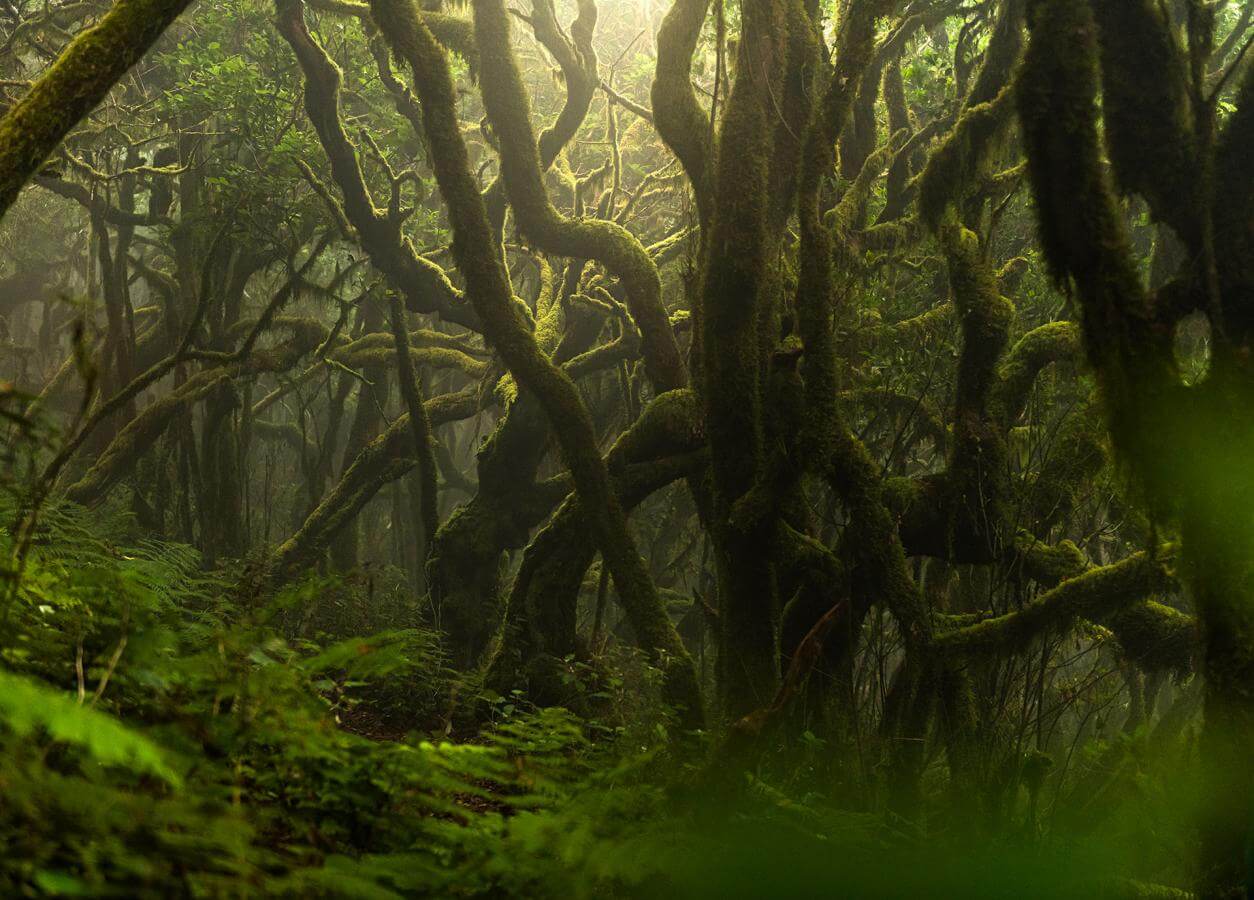
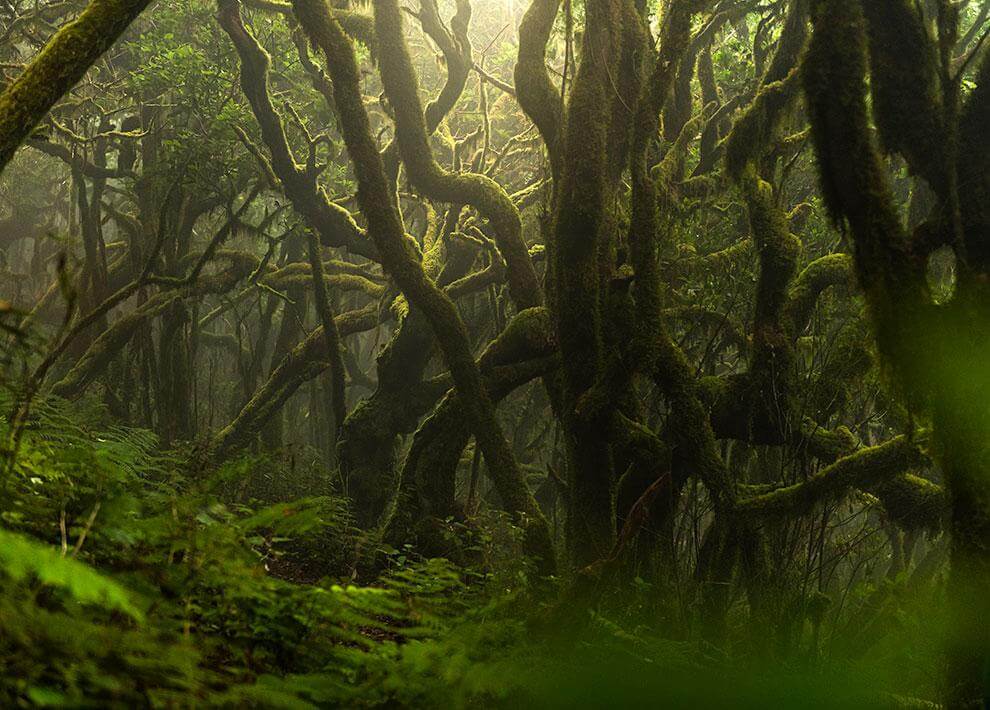
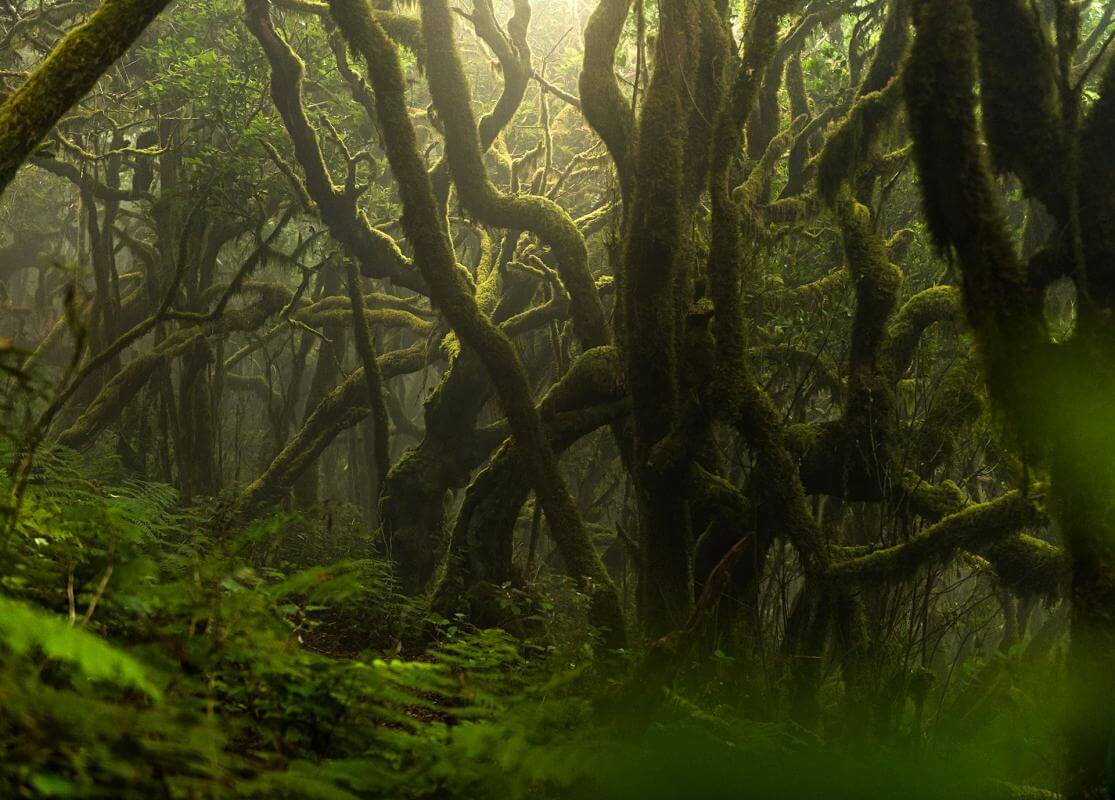
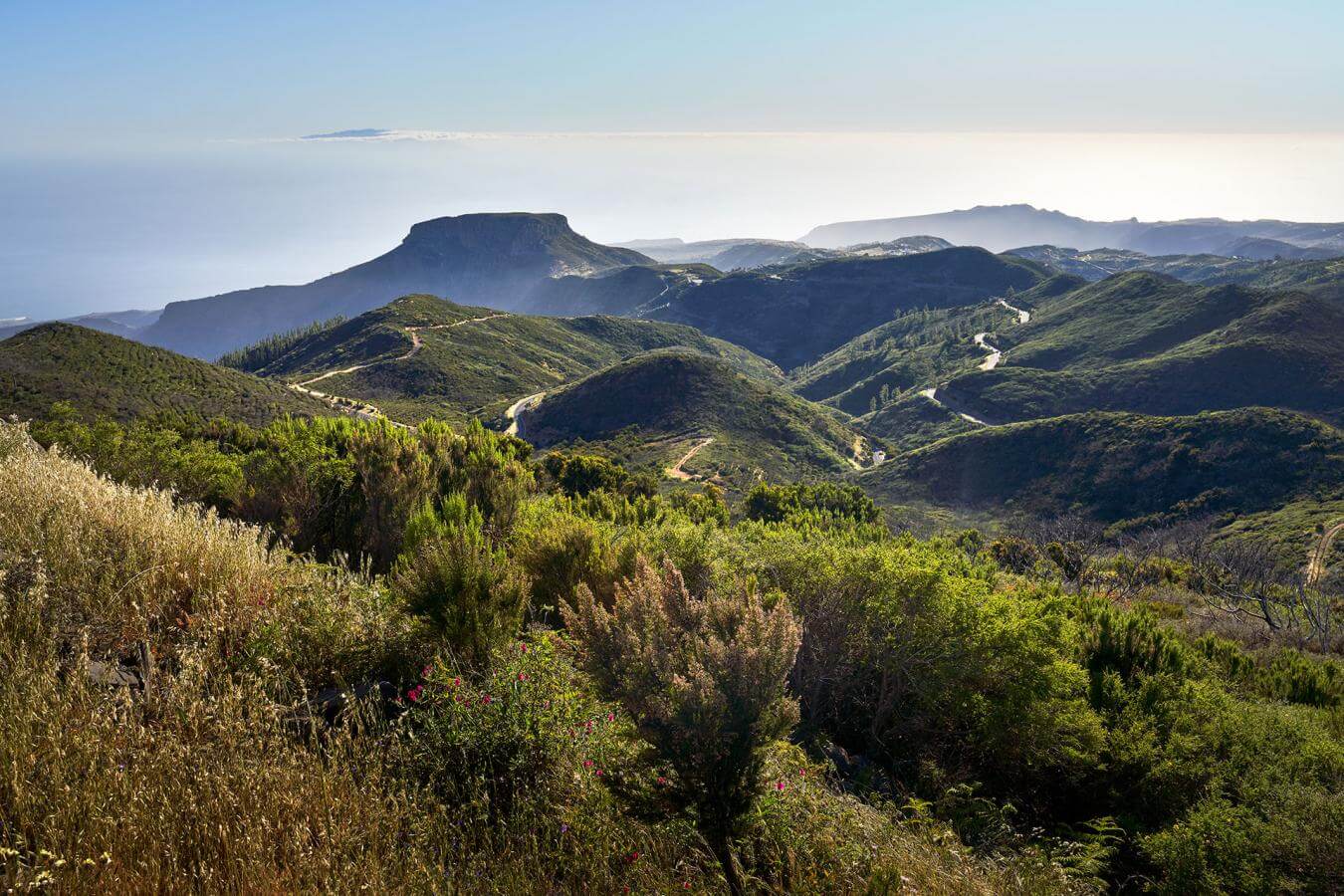
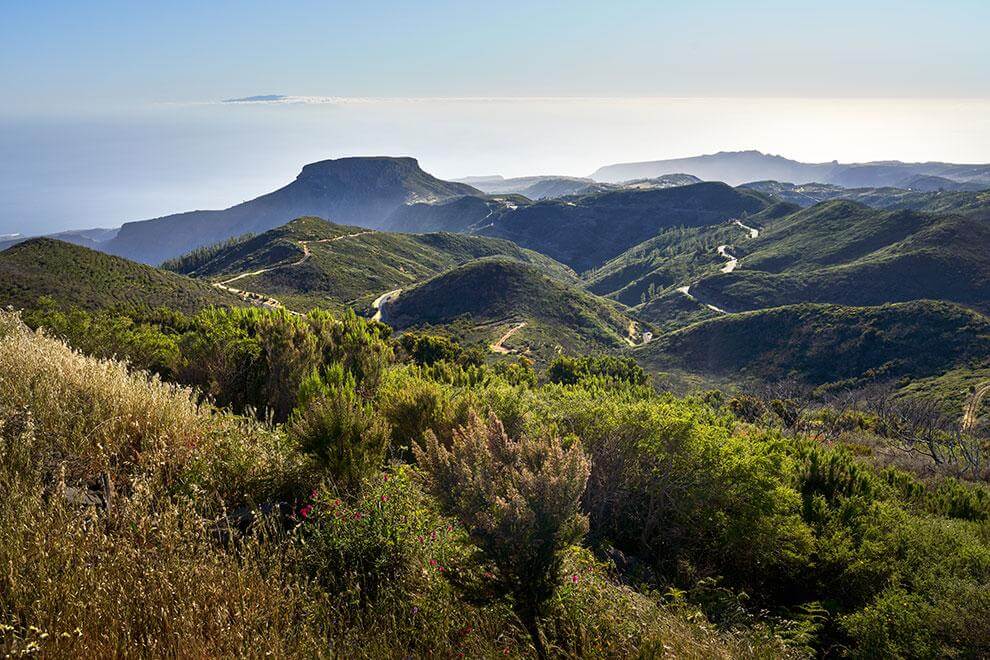
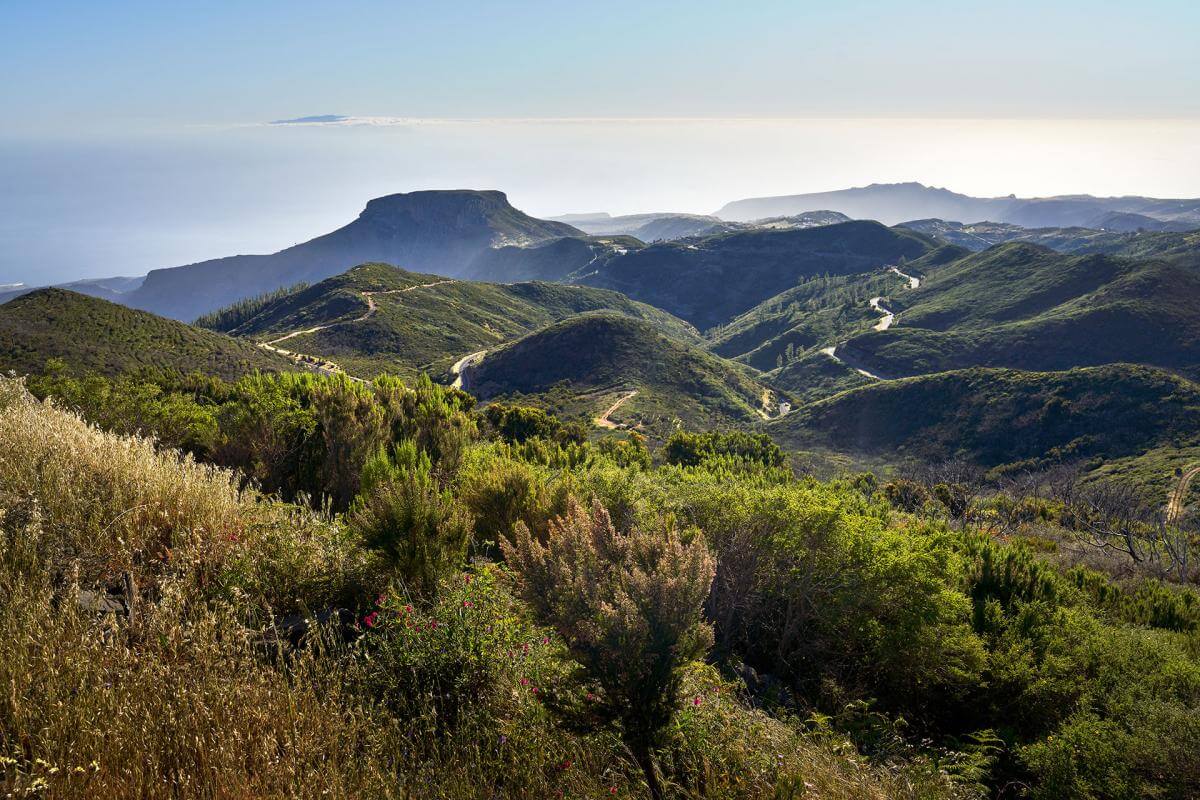
San Sebastián de La Gomera
This place is identified with Christopher Columbus because of the stopover he made in this municipality before setting sail for the unknown and discovering the new continent of America for Europeans. Also for a series of heritage elements such as the Torre del Conde (1447), the oldest fortification in the Canary Islands; the Aguada Well, from which water was taken for the baptism of America or the Church of the Assumption. It has an artistic heritage of extraordinary value that includes a mural painting of the battle against the English pirates, known as the Gesta de la Gomera. The painting is located in the chapel of El Pilar.
Especially interesting is the literary tour proposed by the historical novel El collar de caracoles, by the Gomeran writer Félix Casanova de Ayala, with which you can walk through the streets, living this story set in 1909 in these same locations.
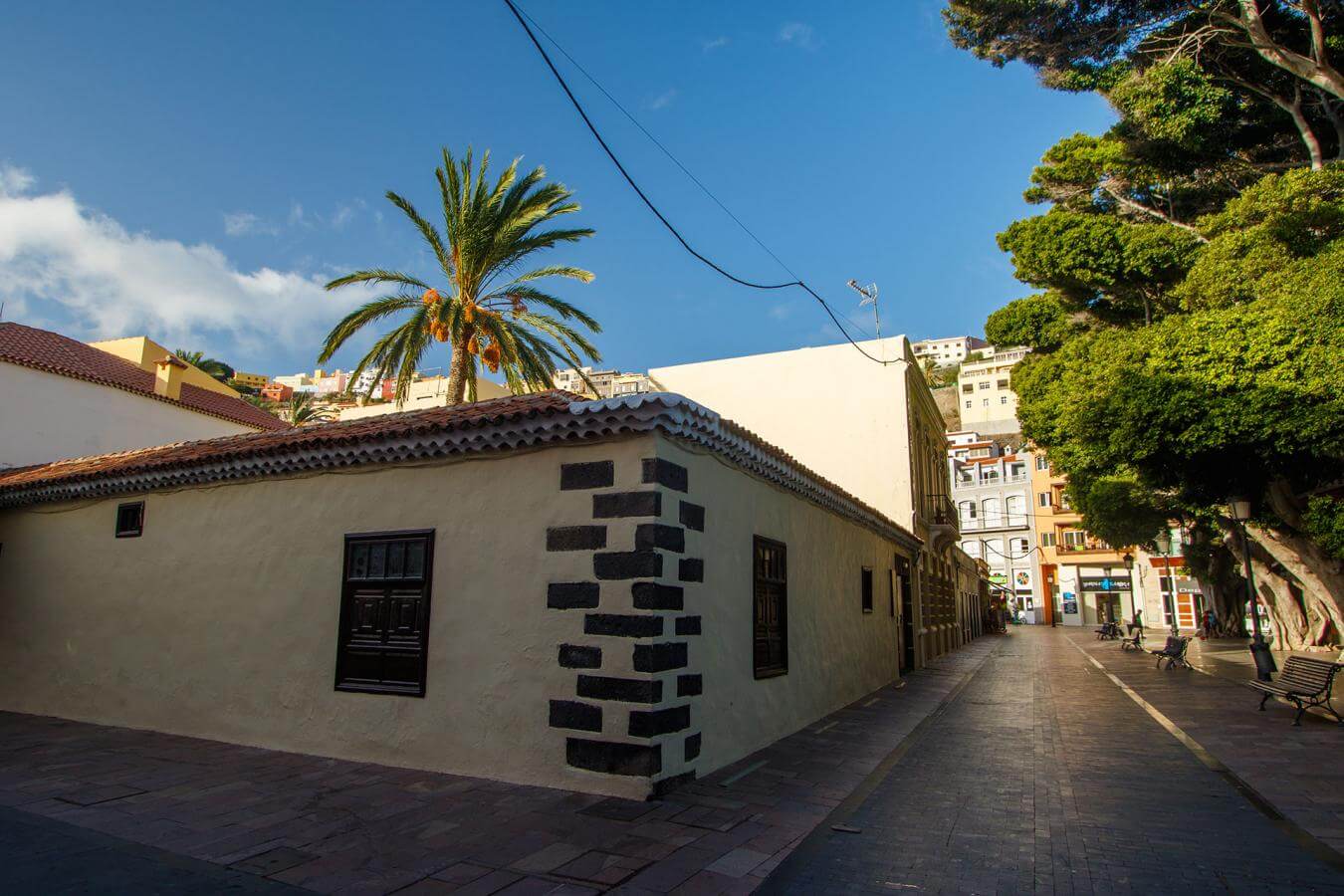
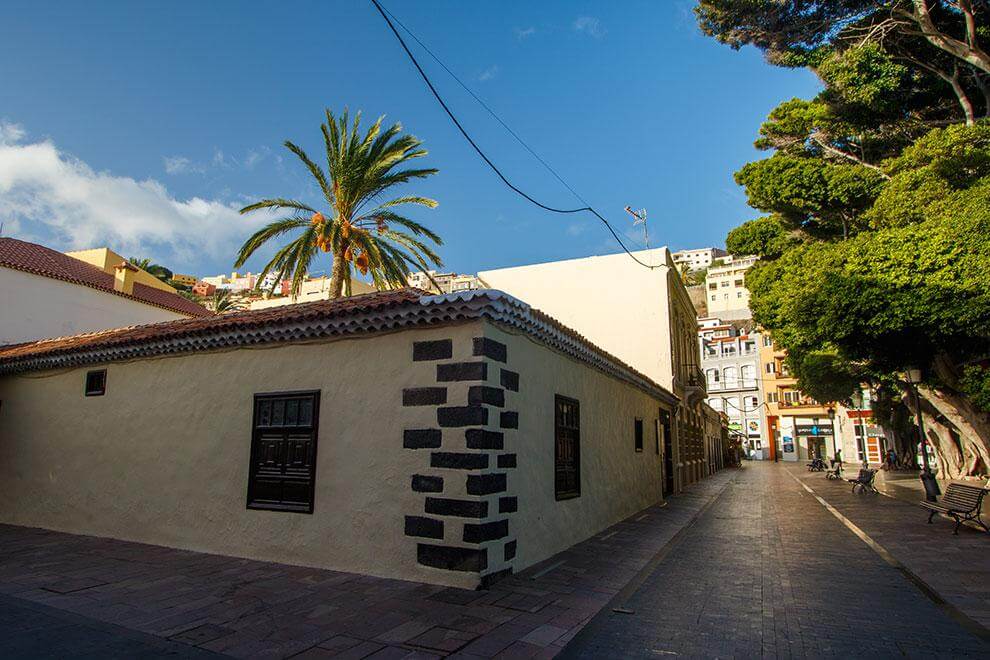
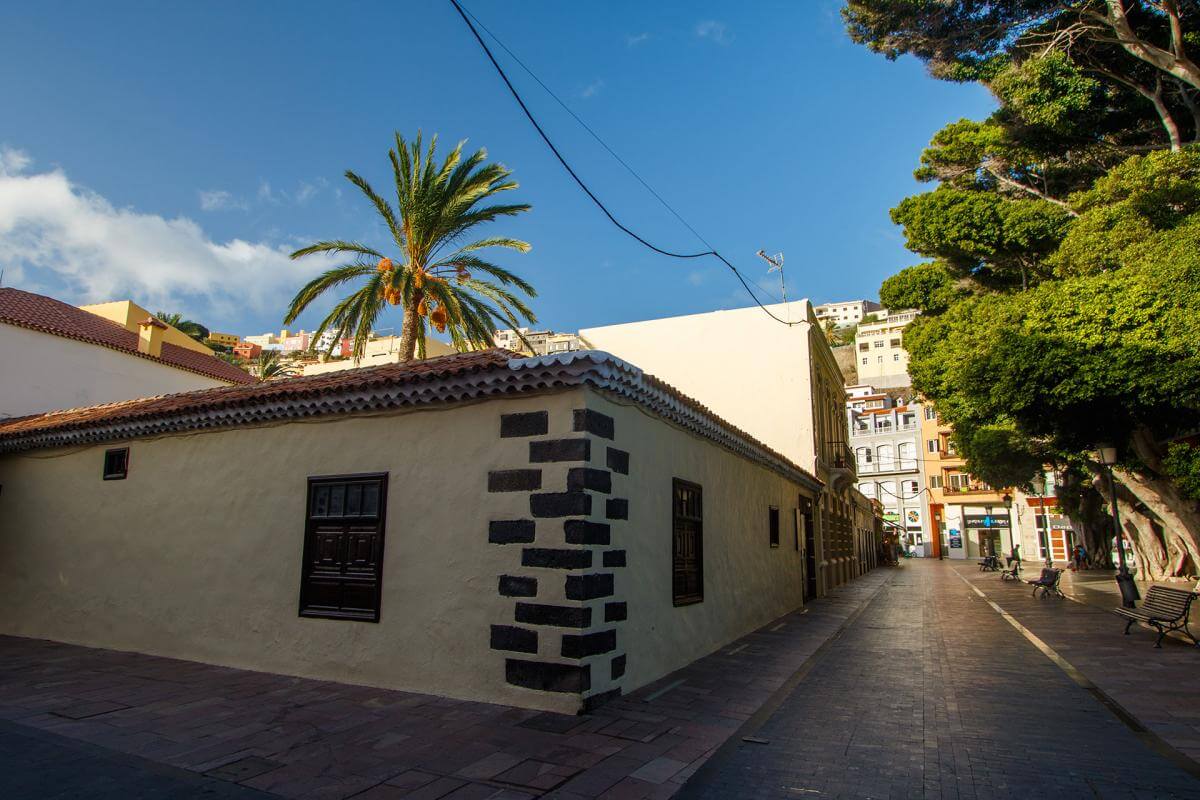
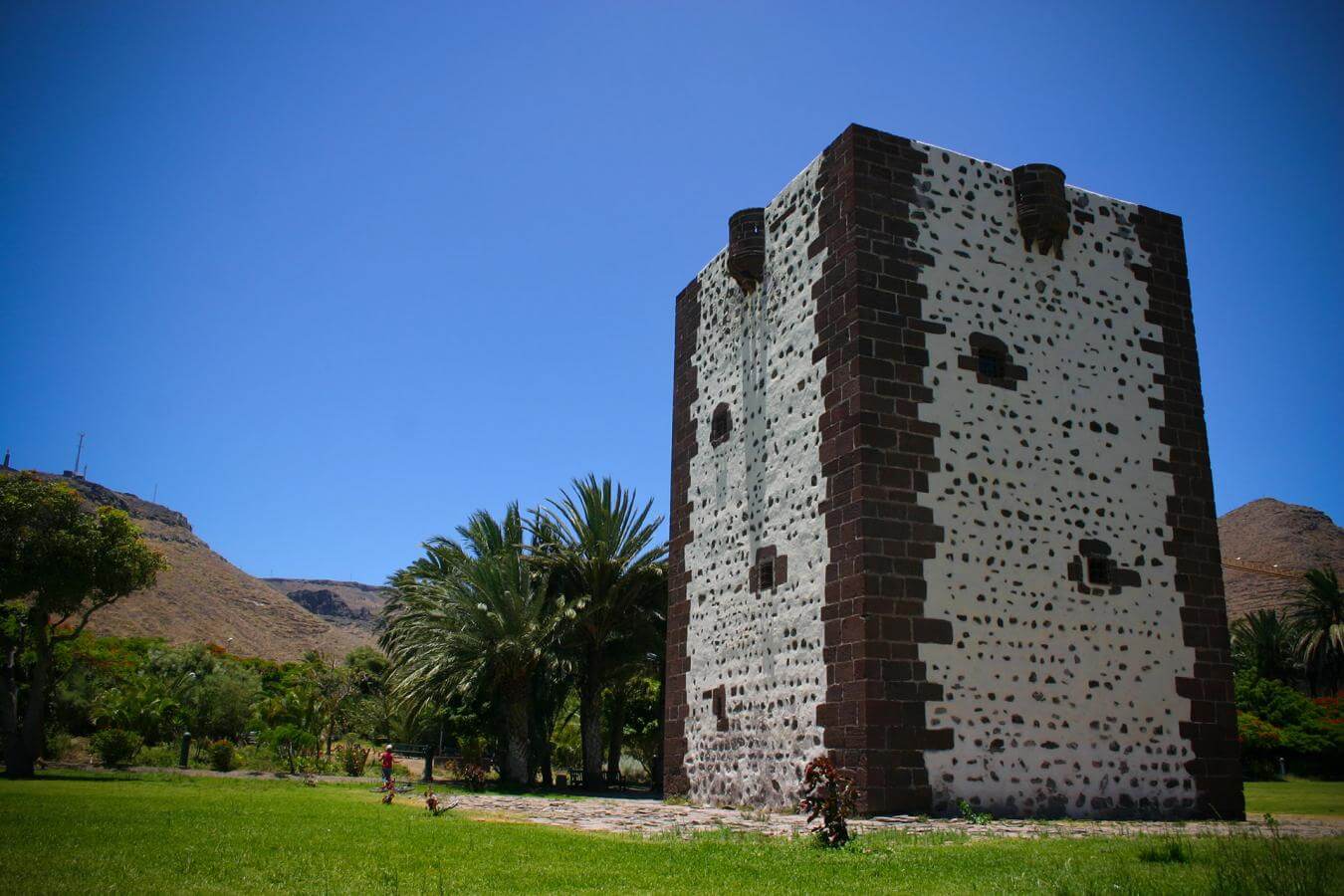
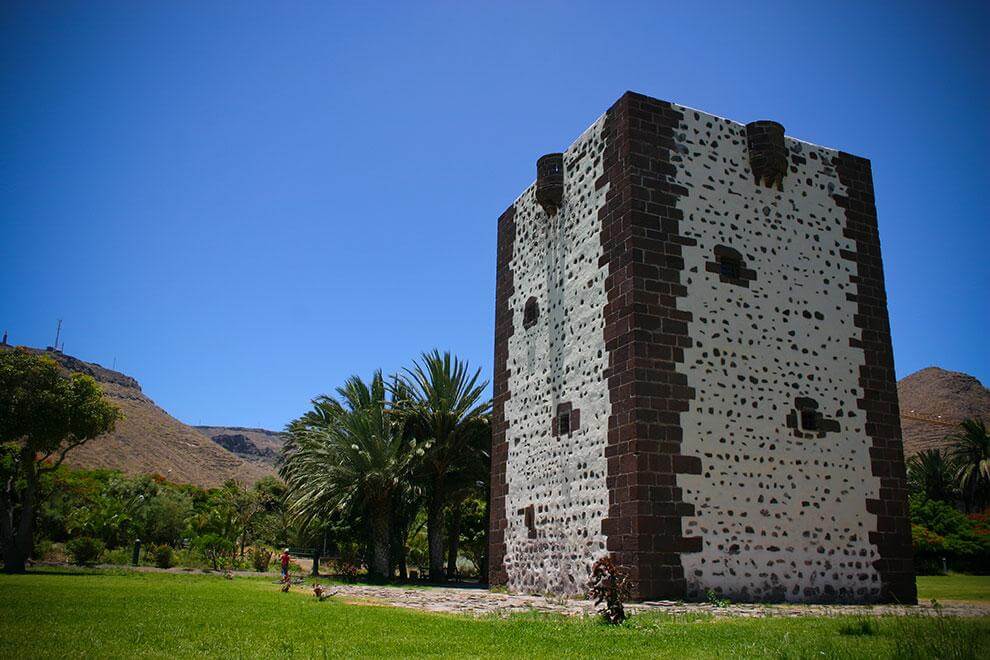
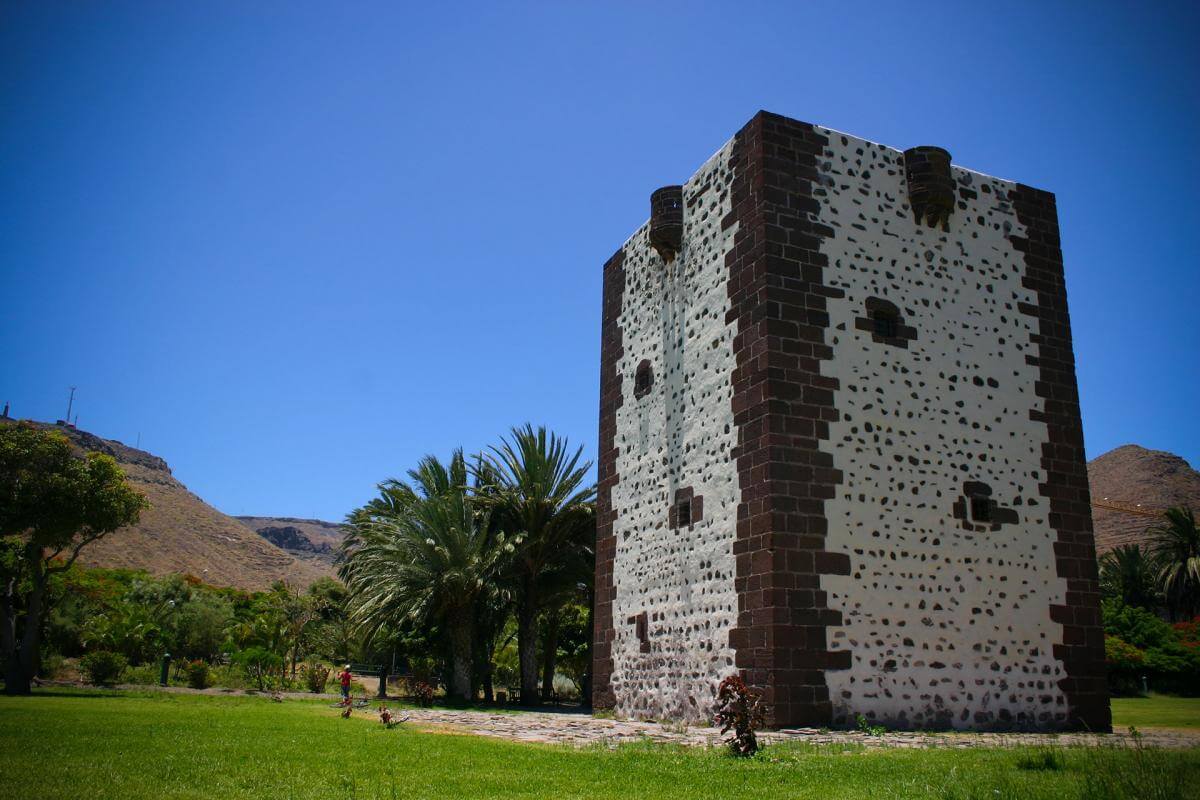
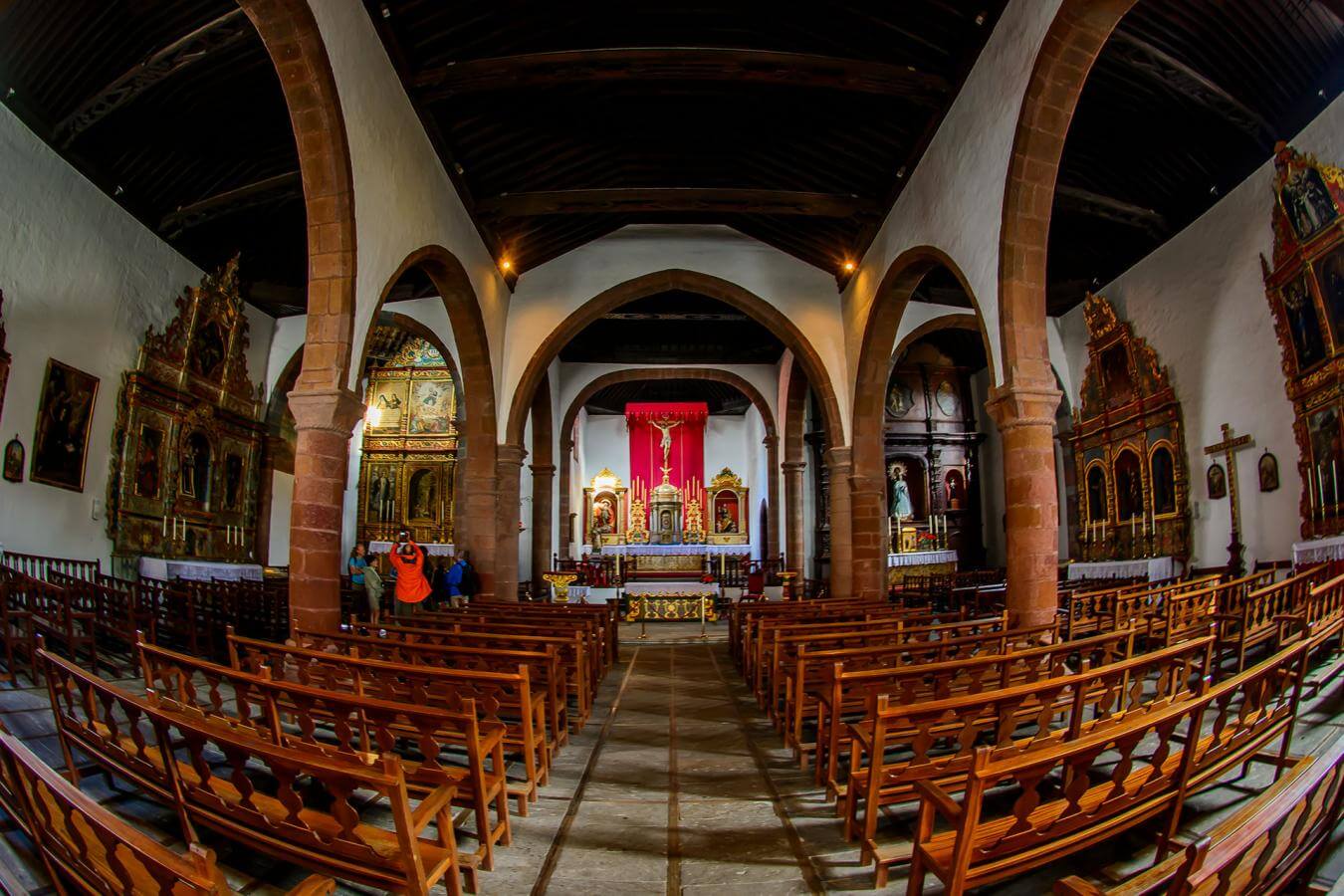

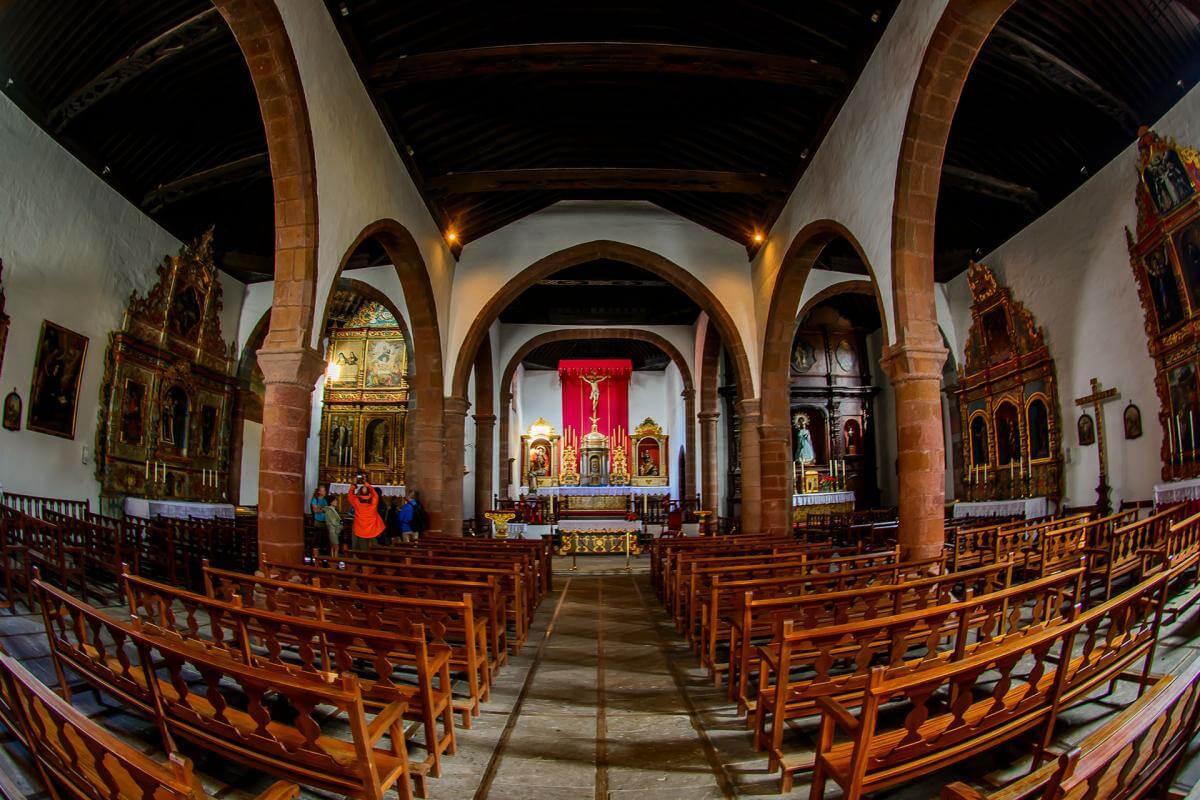
Hermigua
In the convent of San Pedro, the only one of the Dominican order in La Gomera, we will have an exciting adventure to discover that the stones with which it was built are speaking to us. It is the only convent in Spain where the year of its construction (1598) is engraved in the stonework, but also the name of the builder, Pedro Párraga. It is a delight to search for this testimony of the living memory of La Gomera, and to find it as well.
We cannot leave the municipality without seeing the Pescante de Hermigua. It is the remains of the old wharf that used to transport products and people by air, from the top of the ravine to the sea. “There was a German baroness who came down on the davit in 1910 and was so amazed that she created an opera inspired by the view of this municipality from the air,” reveals the art historian of La Gomera, Pablo Jerez Sabater. It is the three-act play A Romantic History, by Catalina von Pommer Esché, which premiered in Berlin in 1911.
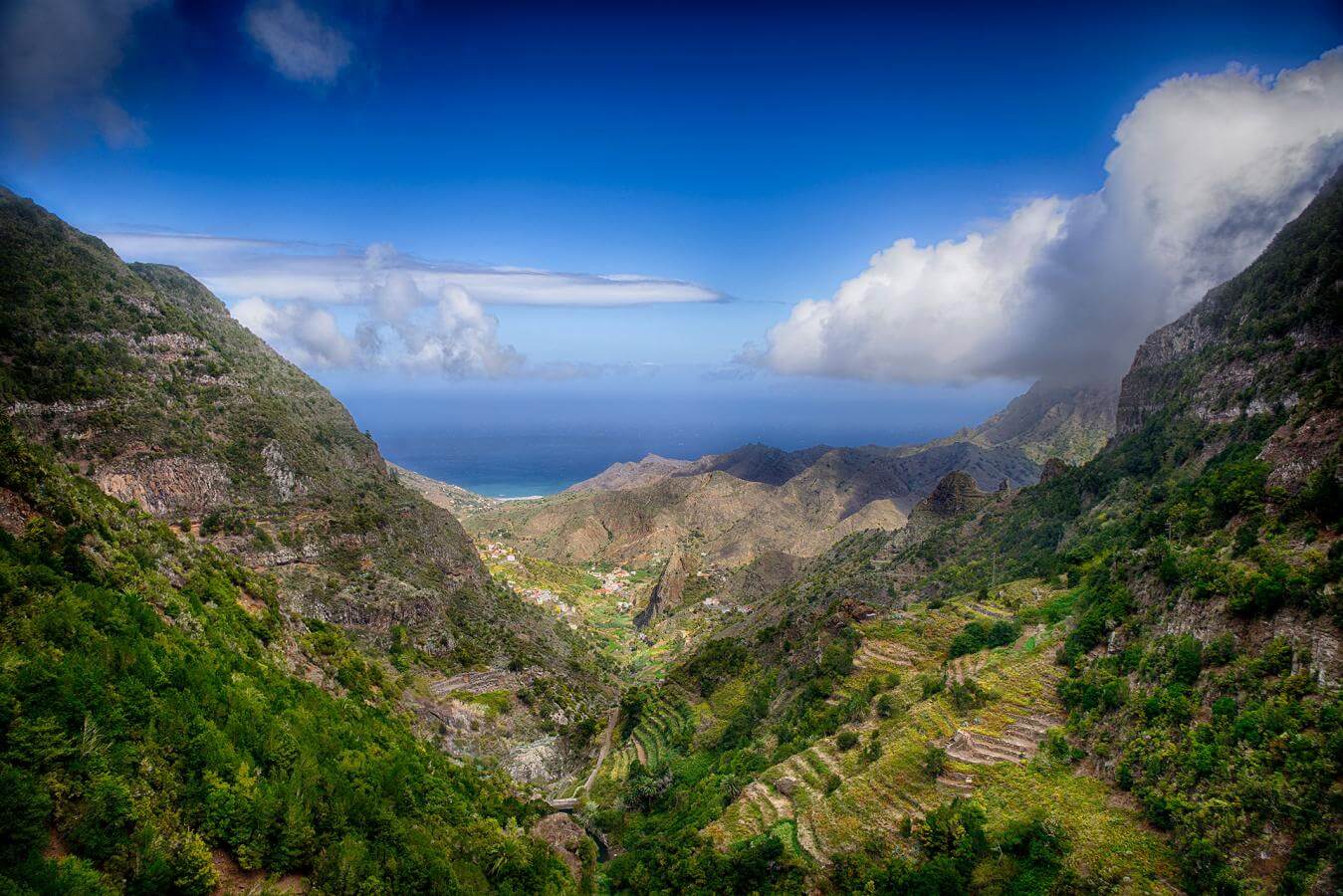
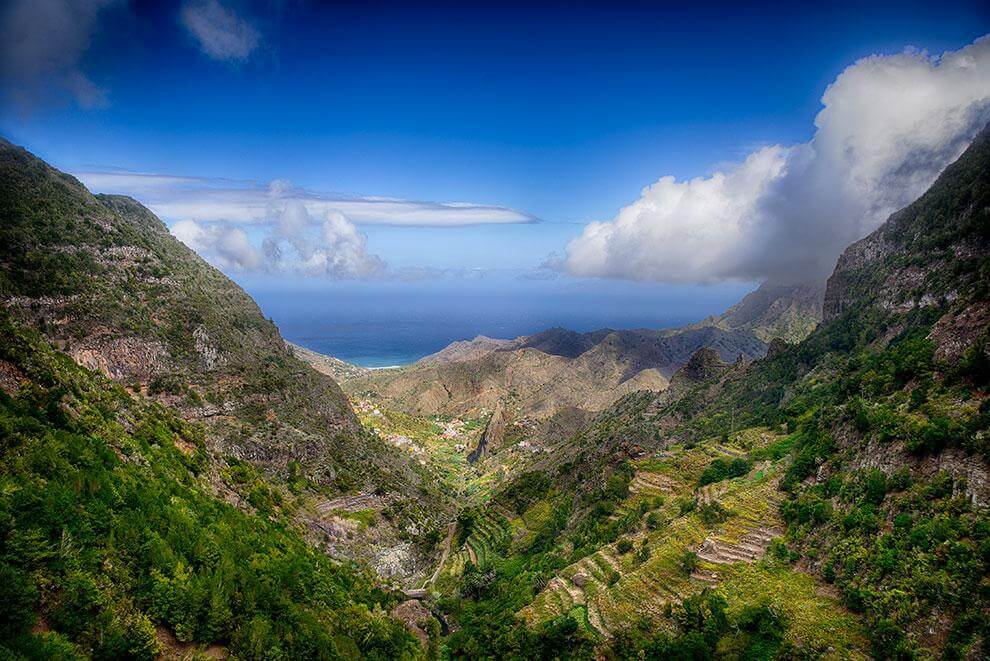
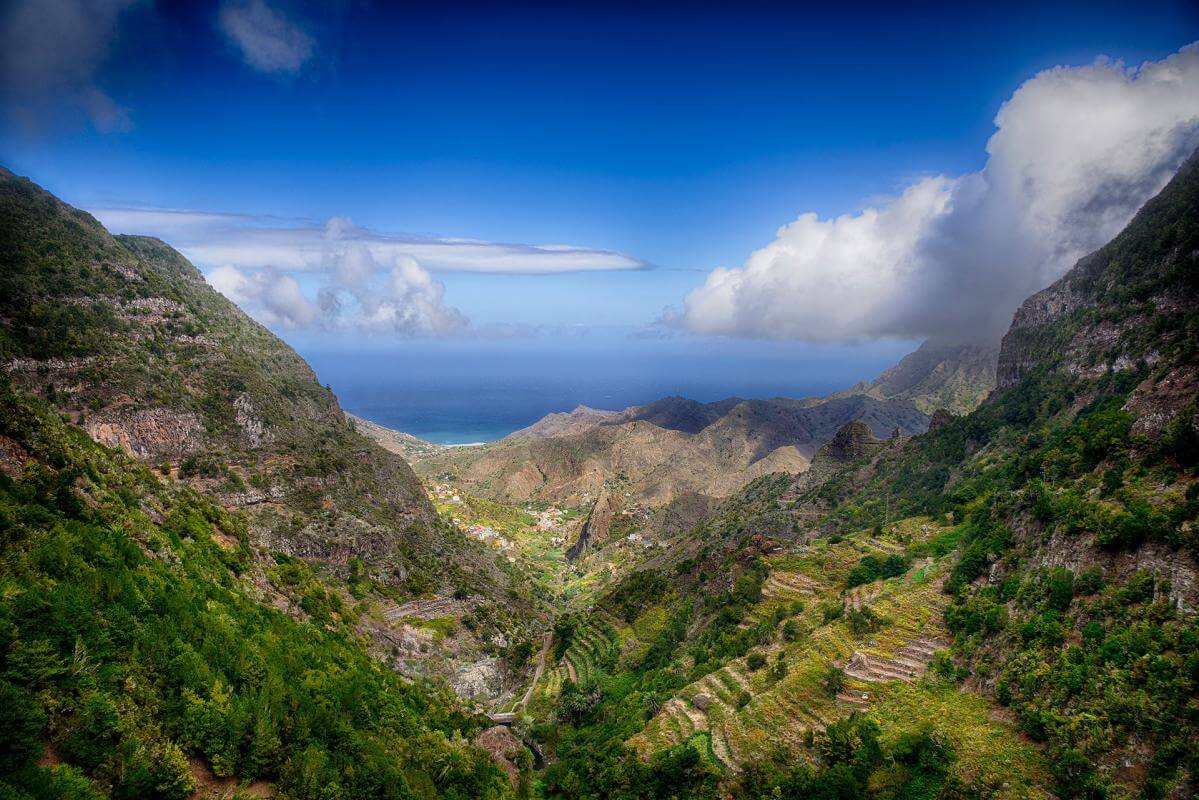
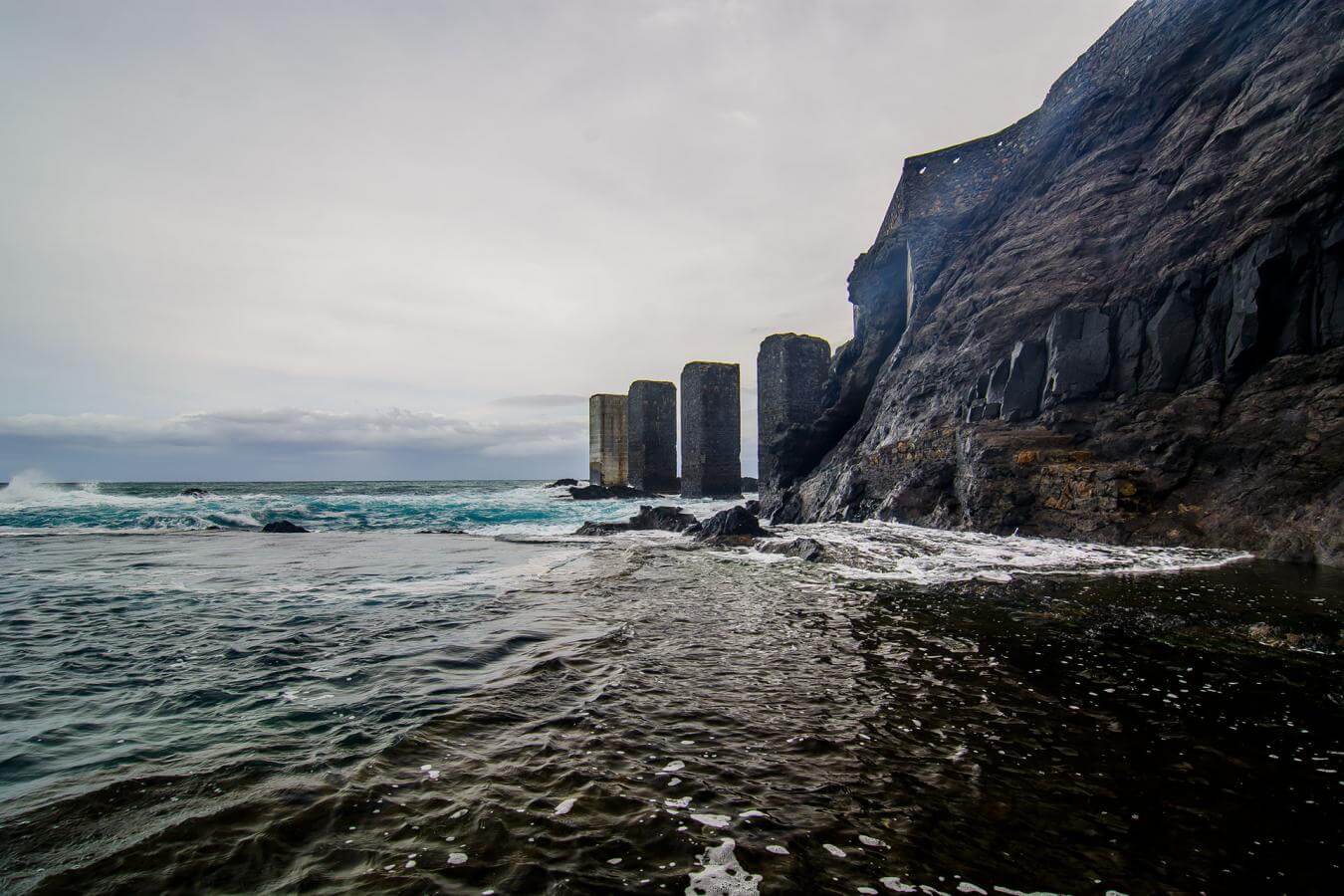
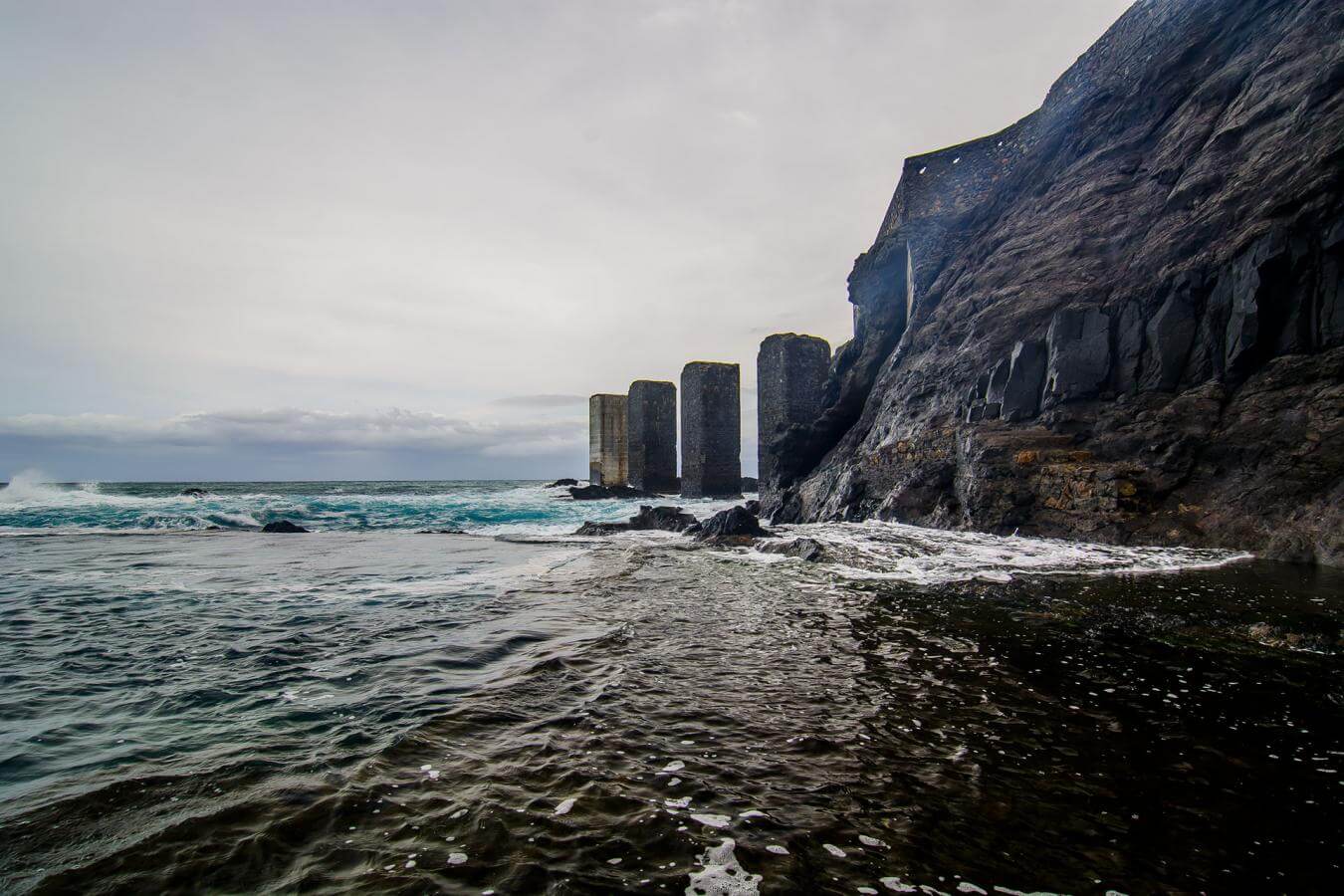
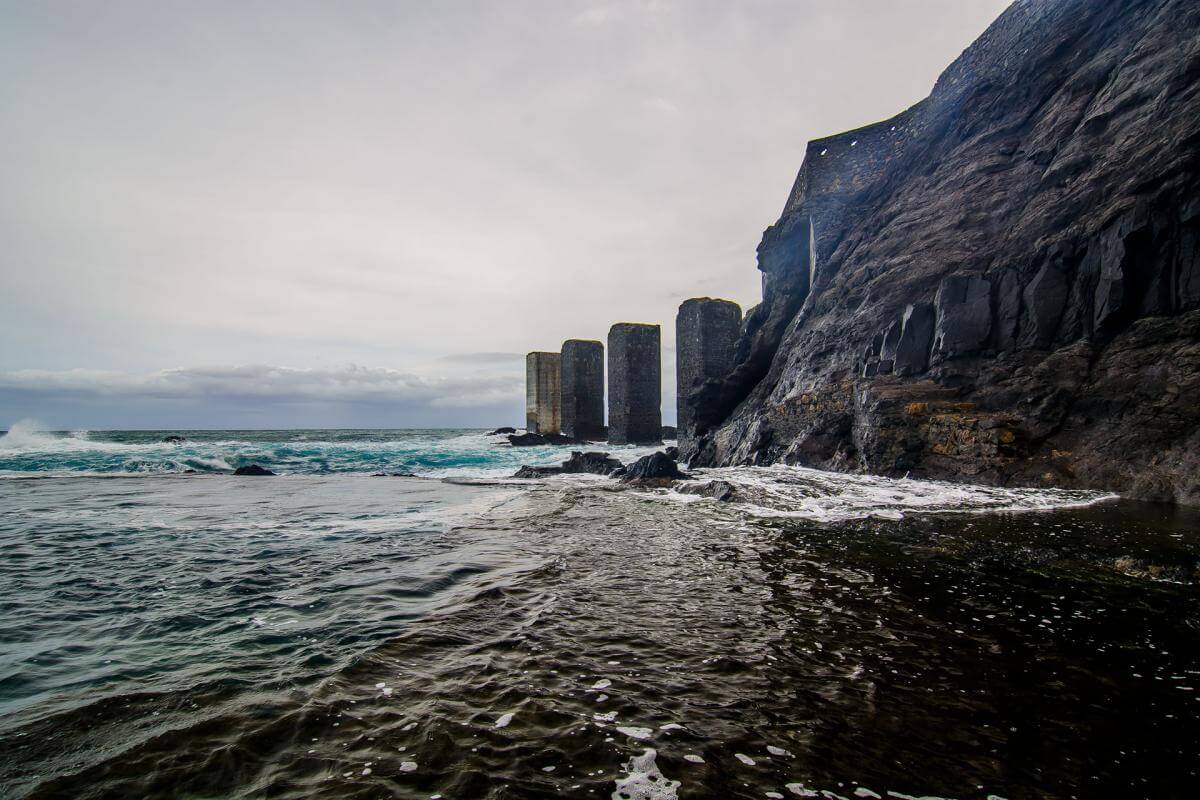
Agulo
The place where there lived the artist José Aguiar, considered the most important Spanish muralist of the 20th century. His work Romería de San Juan (1924), which presides over the Plenary Hall of the Cabildo of La Gomera, is crucial to understanding the racial painting of the 1920’s, inspired by the landscape and landscape painting, a trend that he created. The House of José Aguiar has been fitted out as a museum dedicated to the secret society of La Gomera, a contemporary of the artist, known as Filii Christi. Its mystery and its religious and cultural innovation have prompted investigations on Spanish television channels.
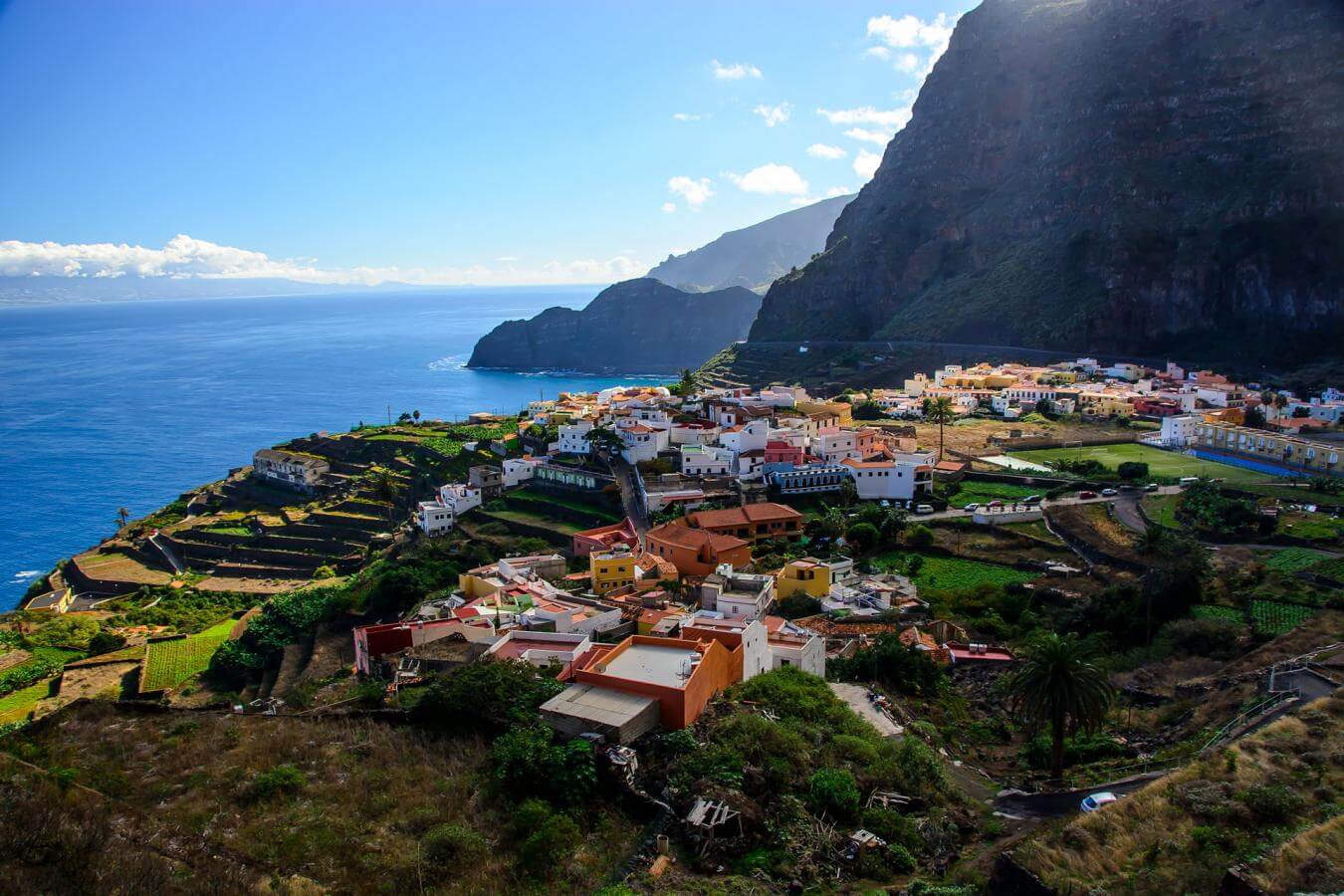
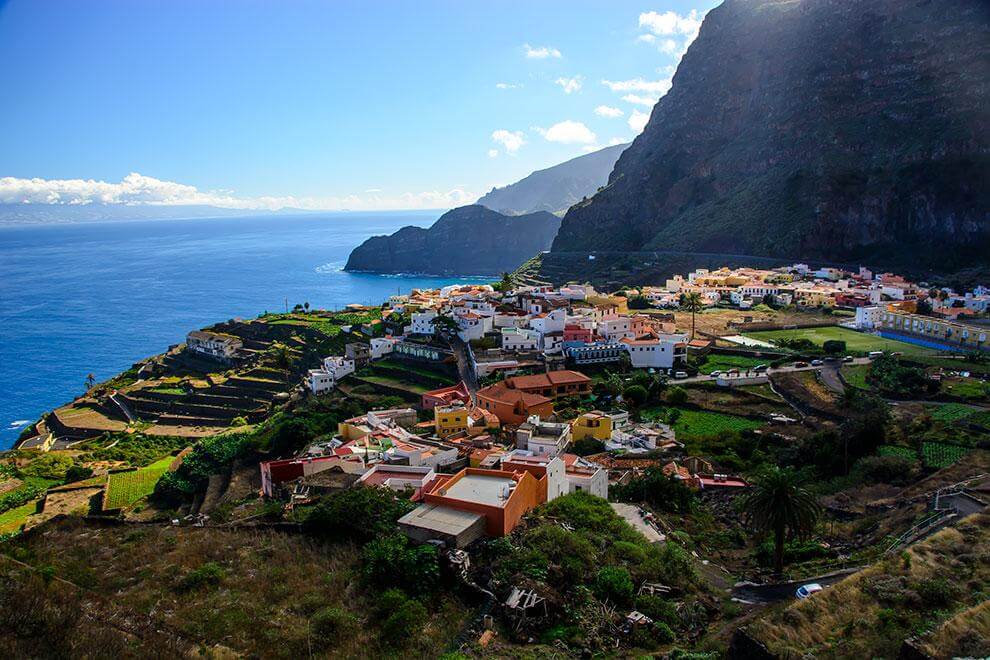
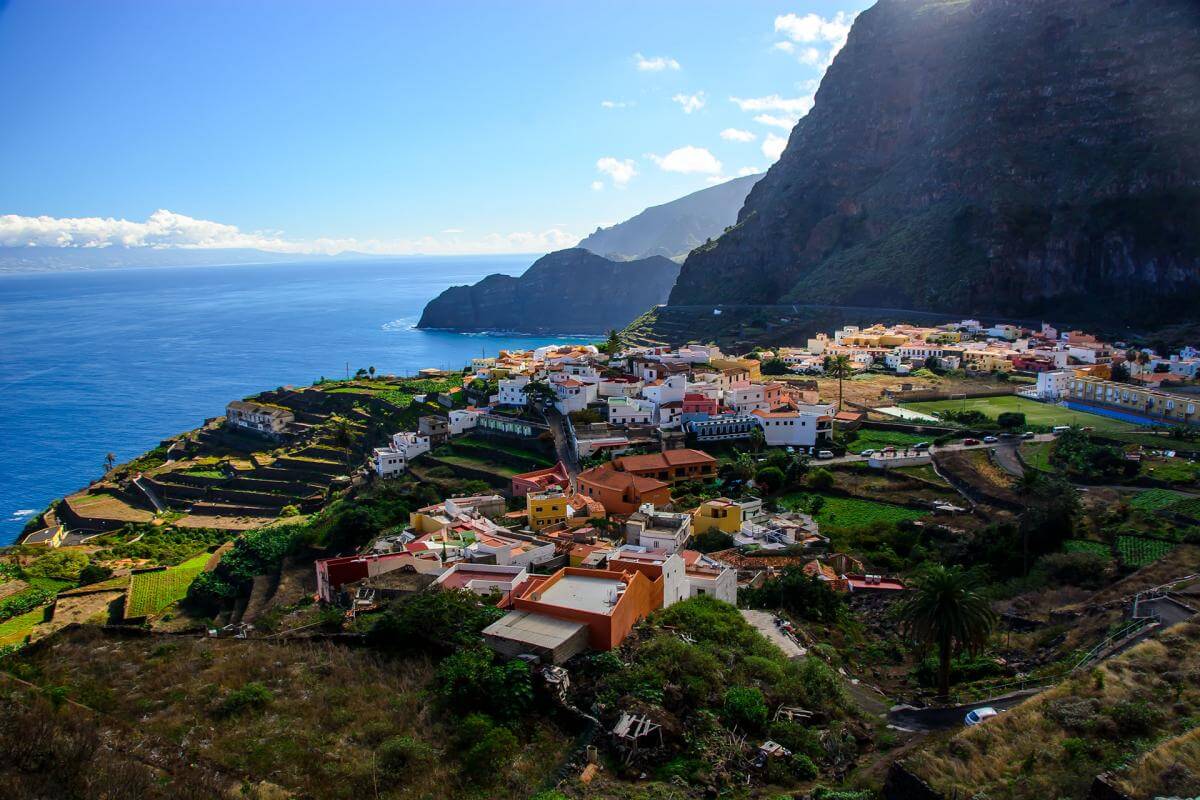
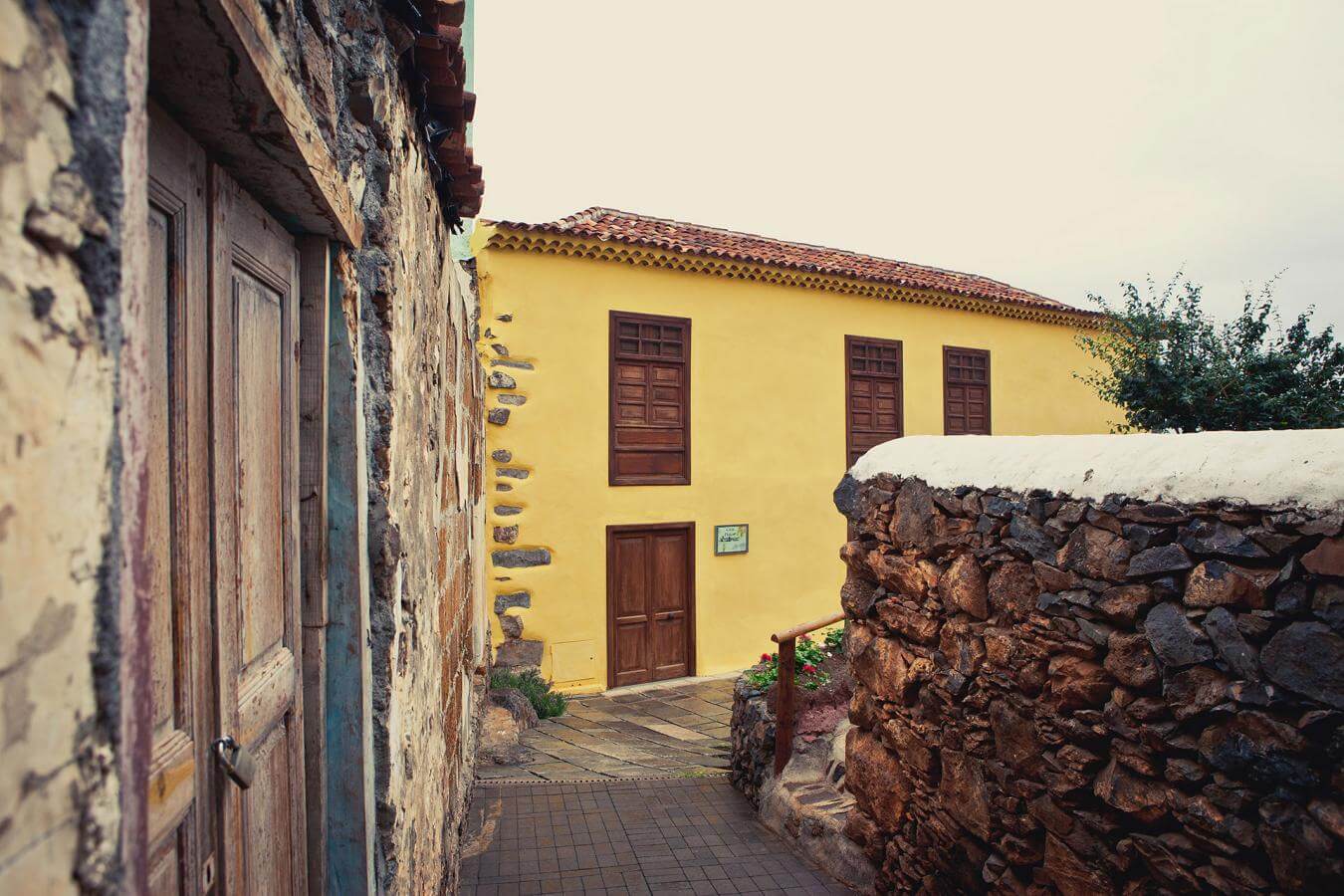
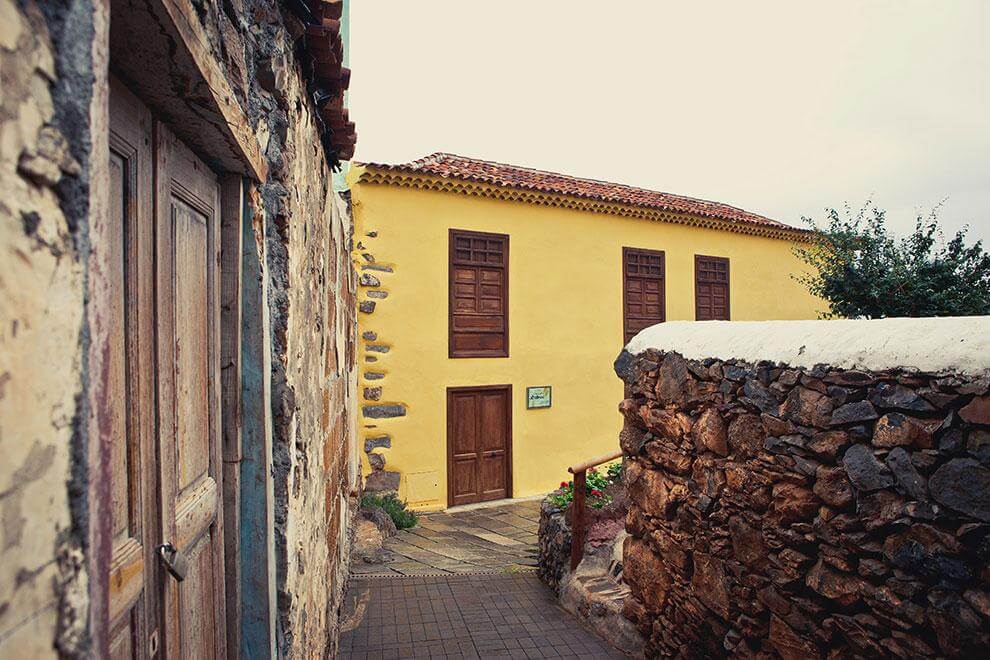
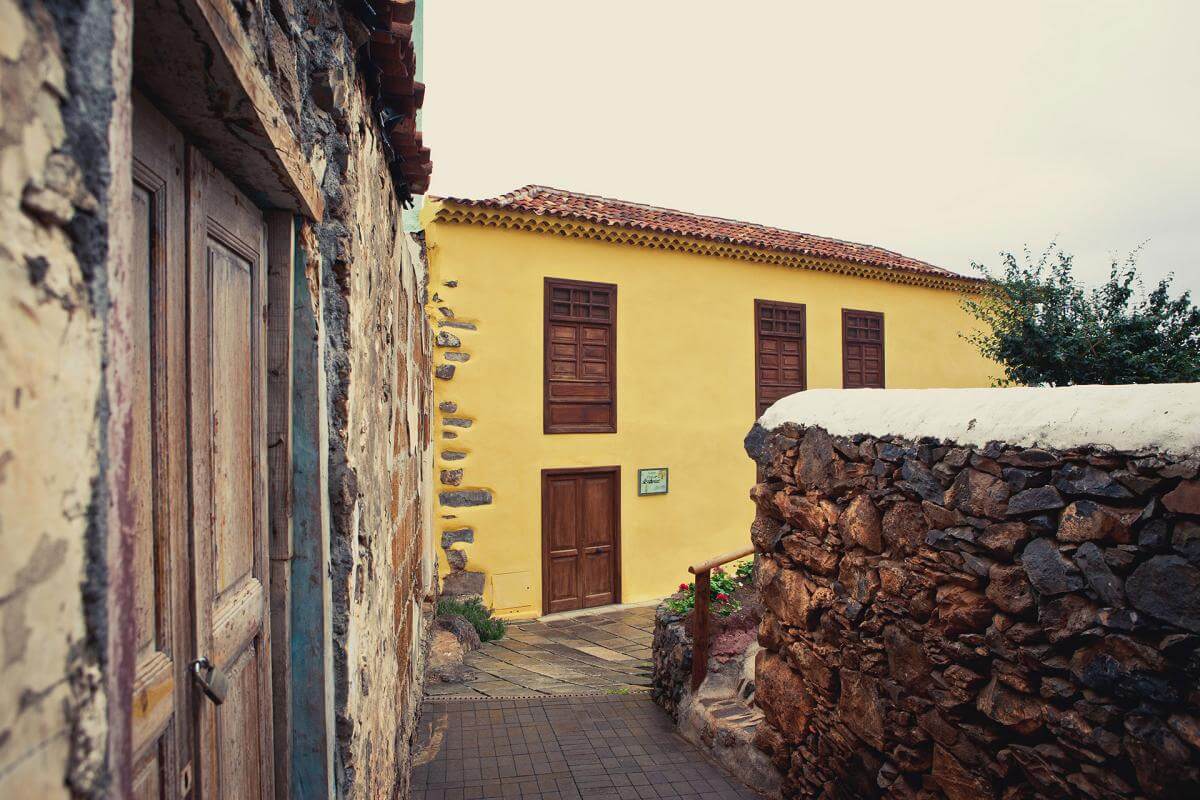
Vallehermoso
Walking through its streets, which preserve the old flavor of when the poet Pedro García Cabrera used to walk through them, and walking to his house, allows us to understand how writing verses is something natural in La Gomera. The experience will become unforgettable if we follow the circular path of Vallehermoso, which begins and ends in the urban area of the municipality, passing by the poet’s house. The route also takes us through the Bailadero, La Meseta, Macayo and Los Tiles. It can be found in the Info La Gomera App. It is the natural song that the artist left recorded in his book of poetry Viaje por la isla.
Also from Vallehermoso is the poetess Bohemia Pulido Salazar, who wrote revolutionary verses in 1920. Her house, a meeting place for literary evenings at the time, is next to the parish of San Juan Bautista.
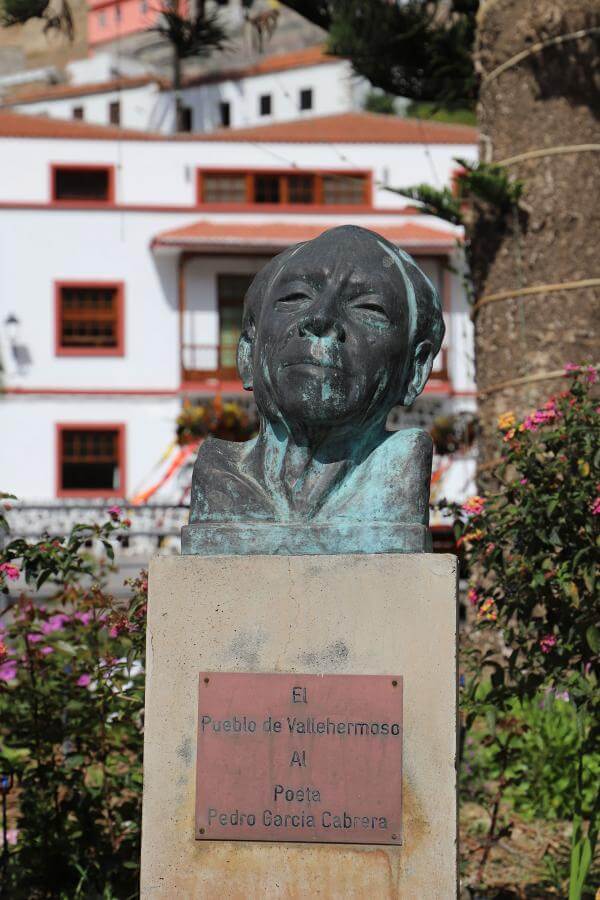
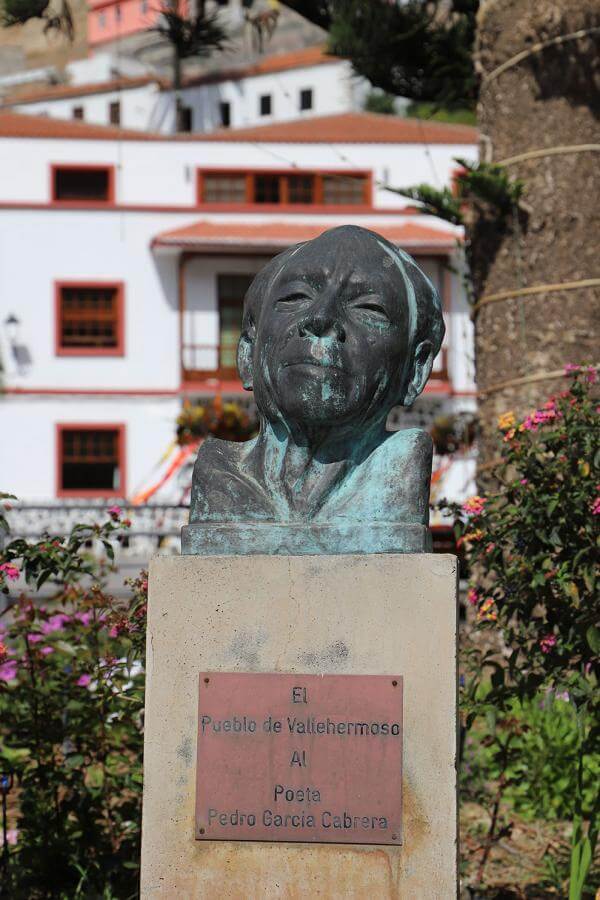
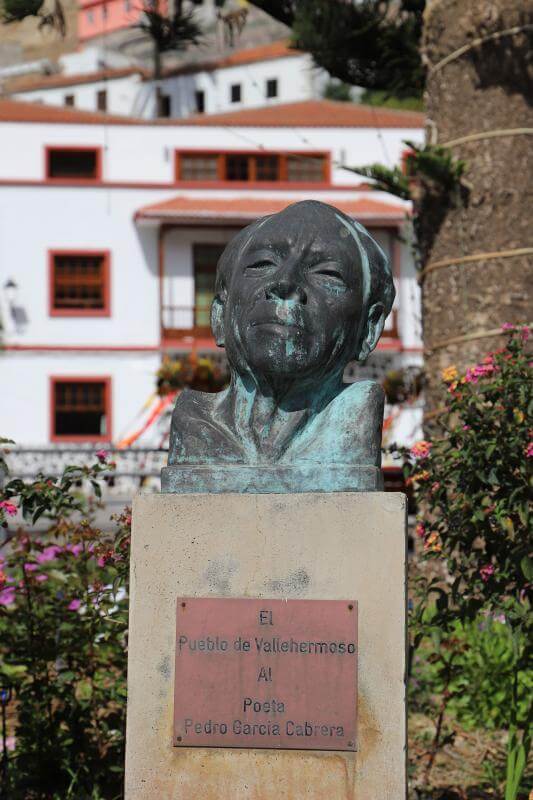
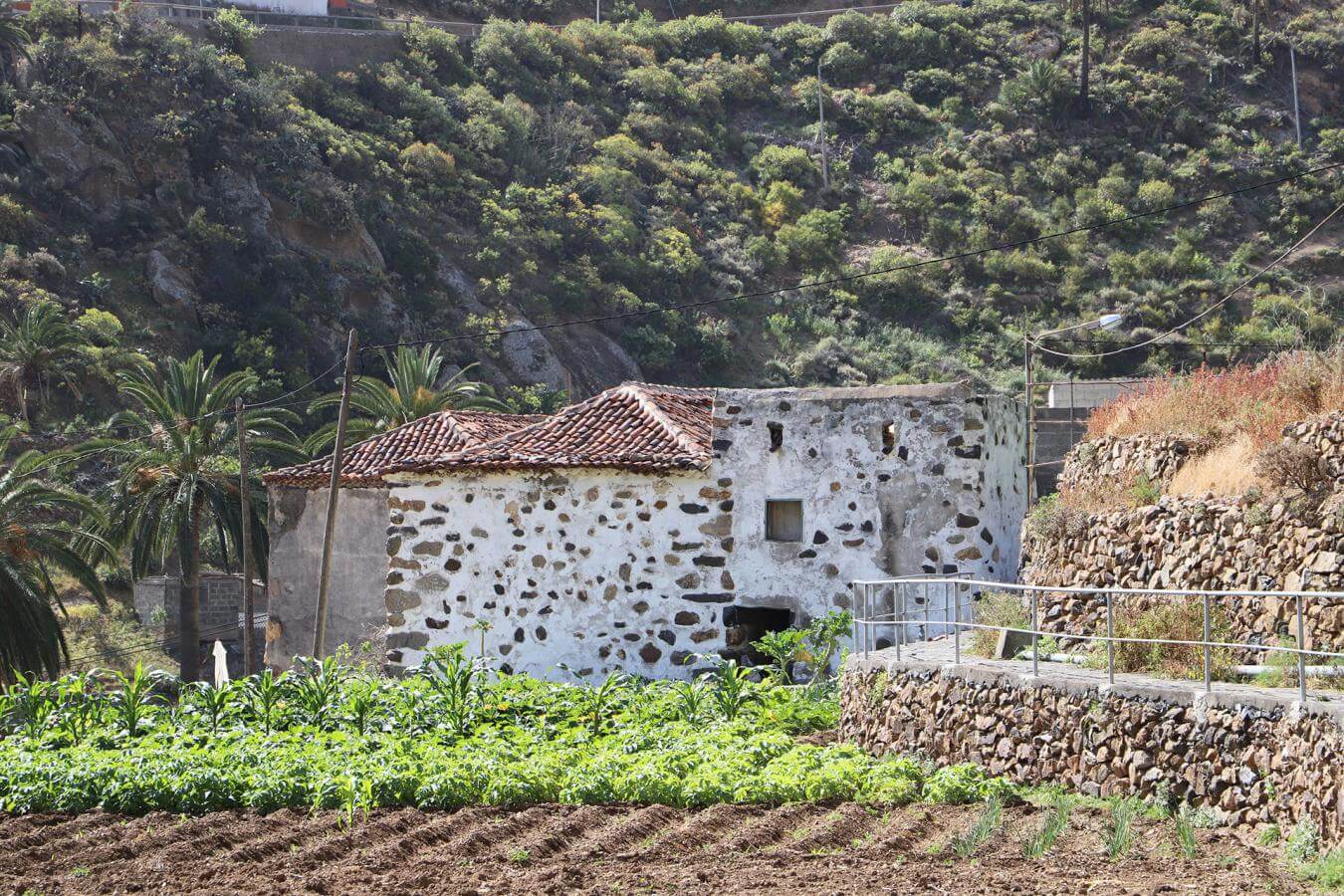
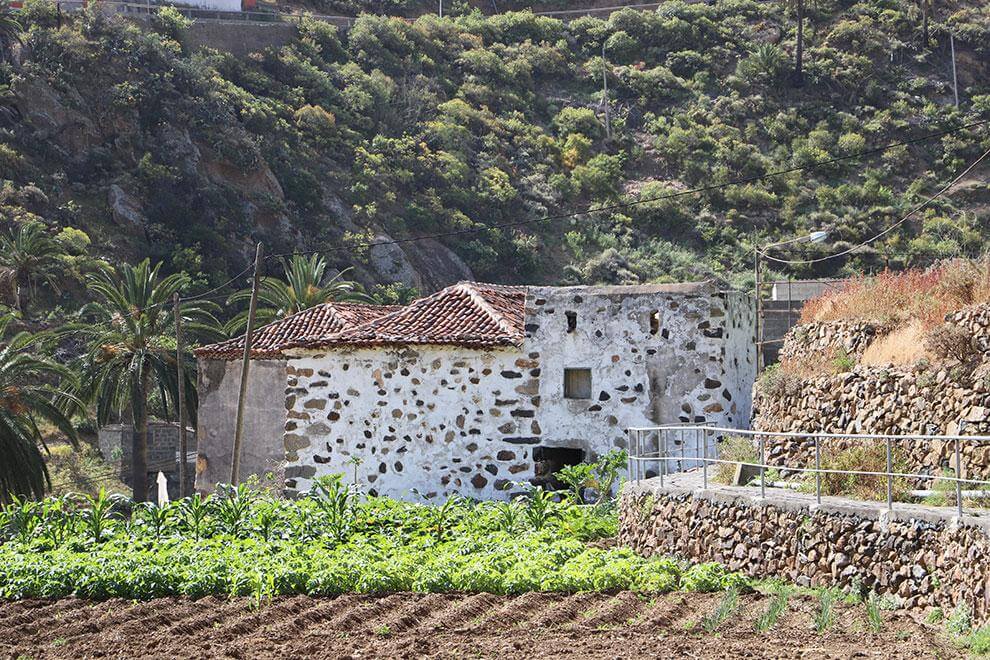
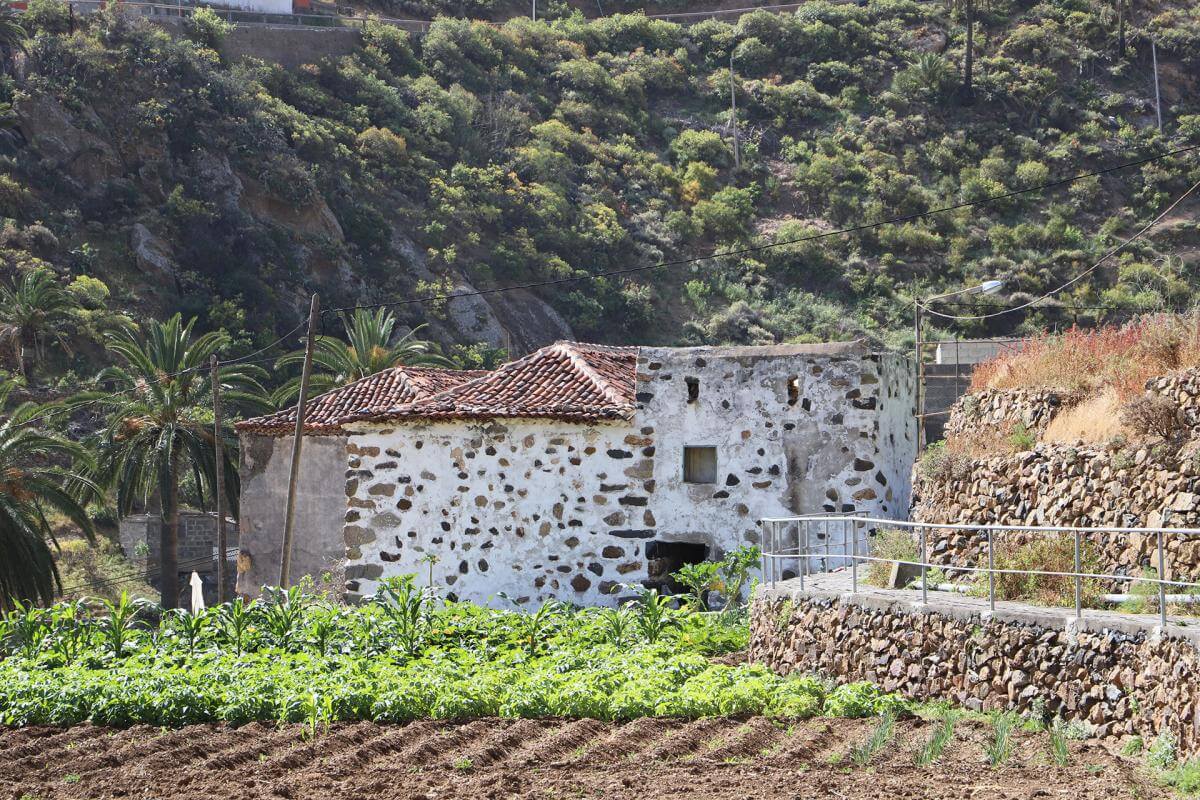
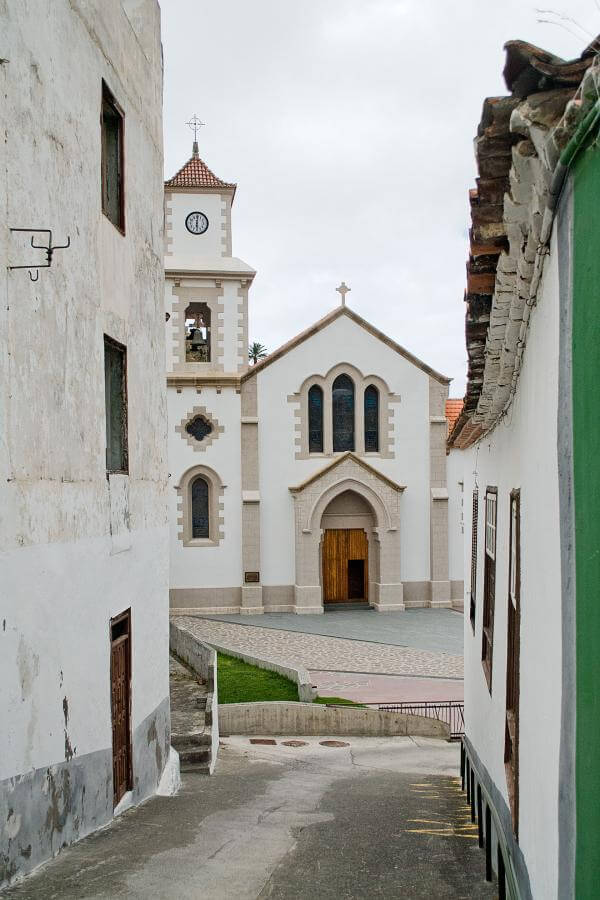
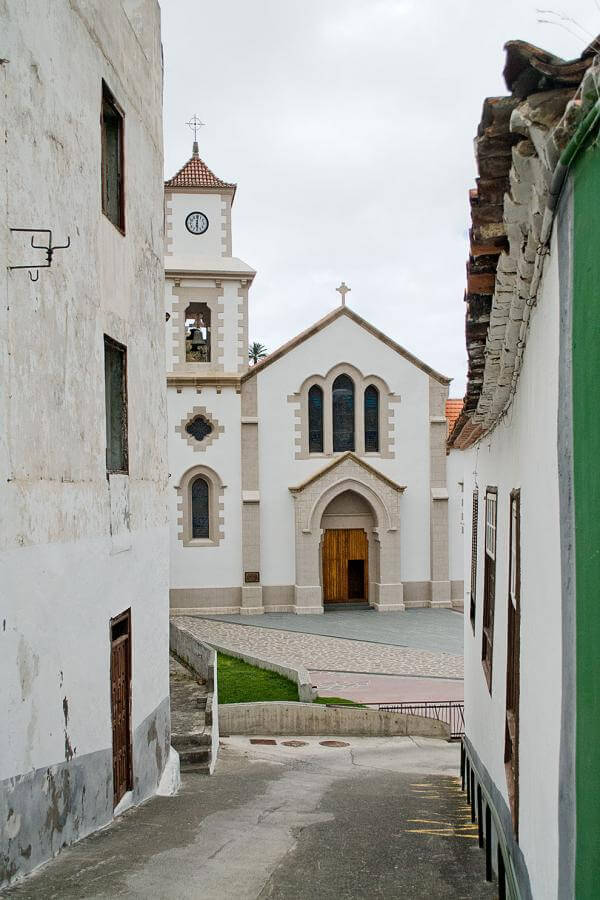
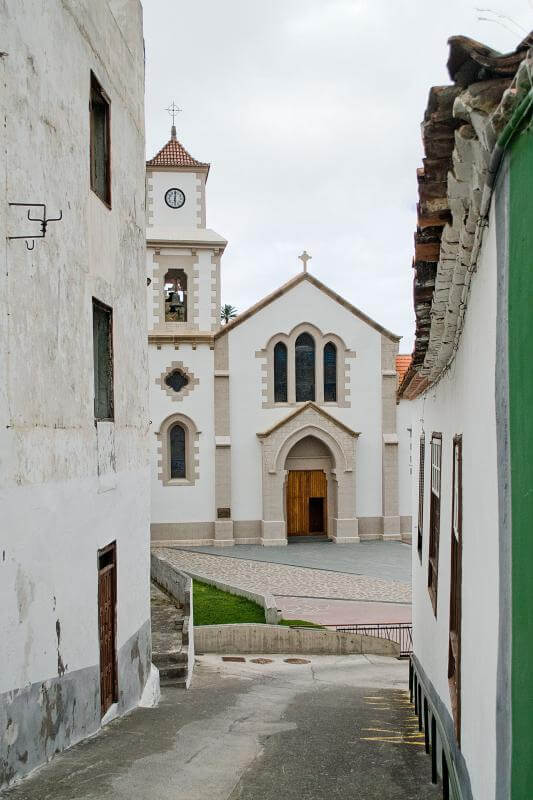
Valle Gran Rey
Because of its own orography and its history, we should not miss the beauty of its décimas, an art that echoed the tragedy of Telemachus. This clandestine ship set sail from the pier at Vueltas Beach in 1951 for Venezuela, but was shipwrecked at sea. The poet of the municipality, Manuel Navarro Rolo, immortalizes the emotion of this moment in his Décimas del Telémaco.
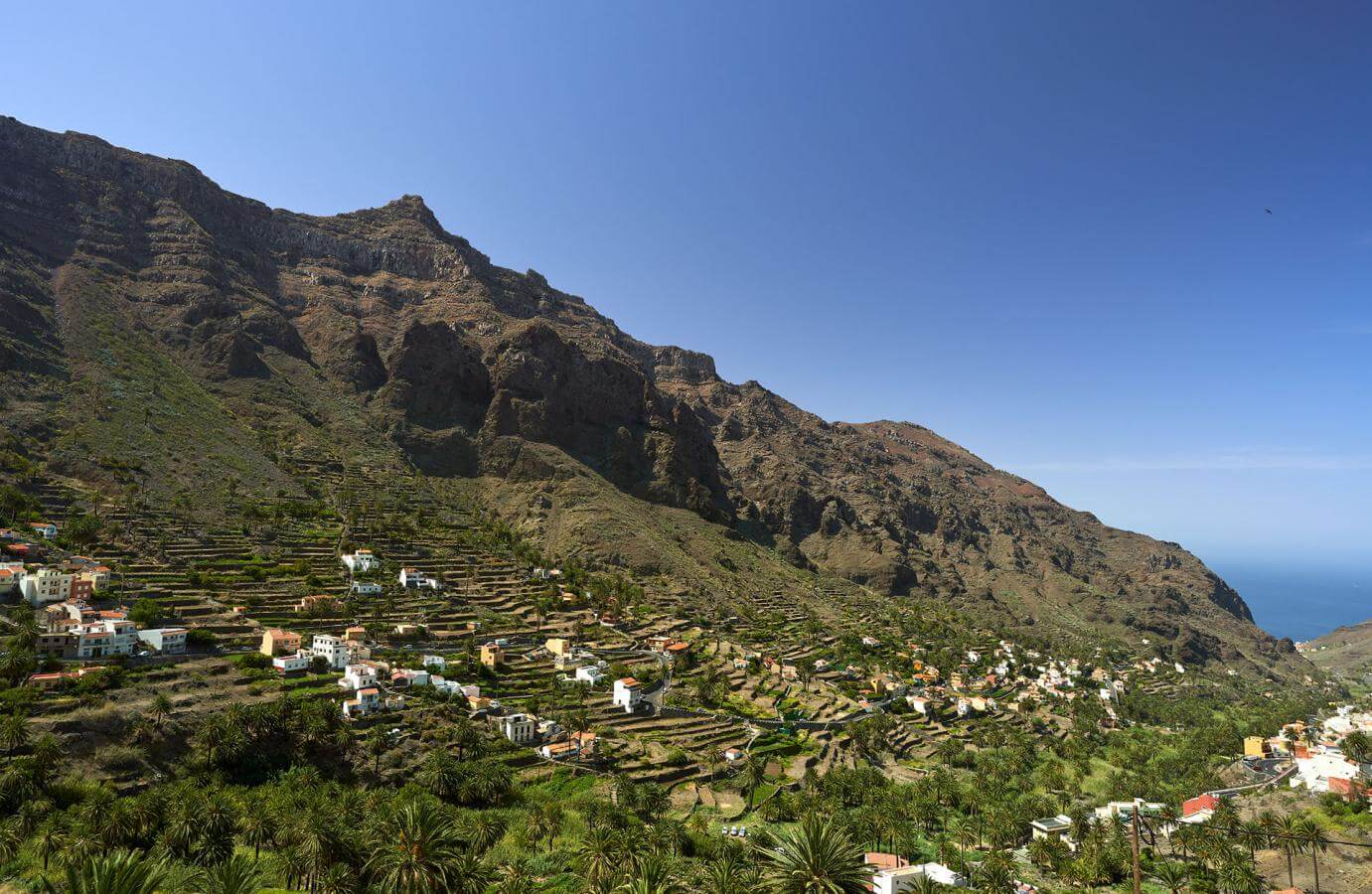
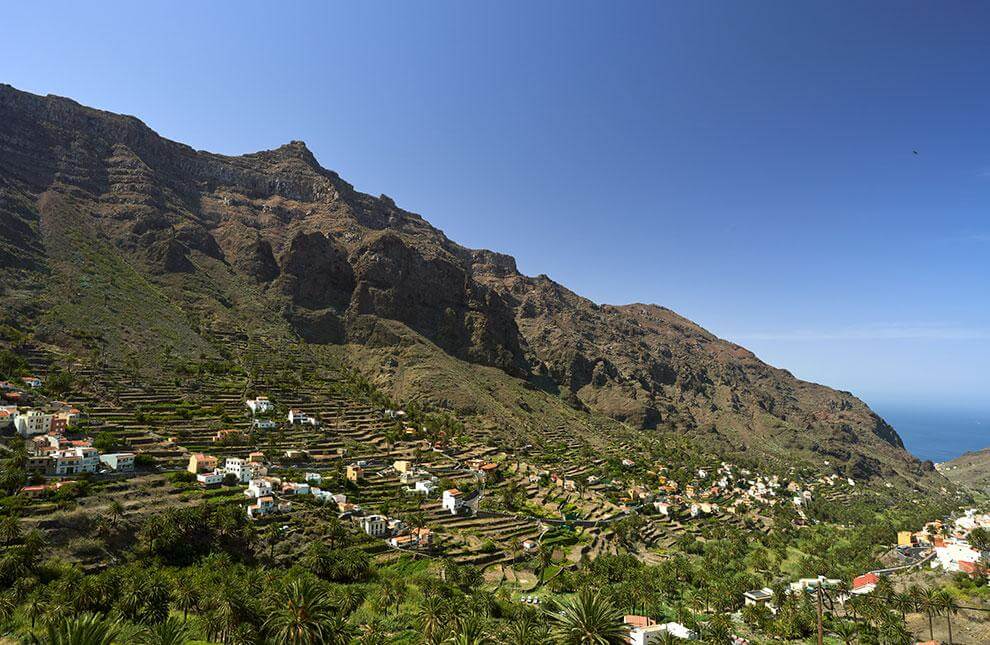
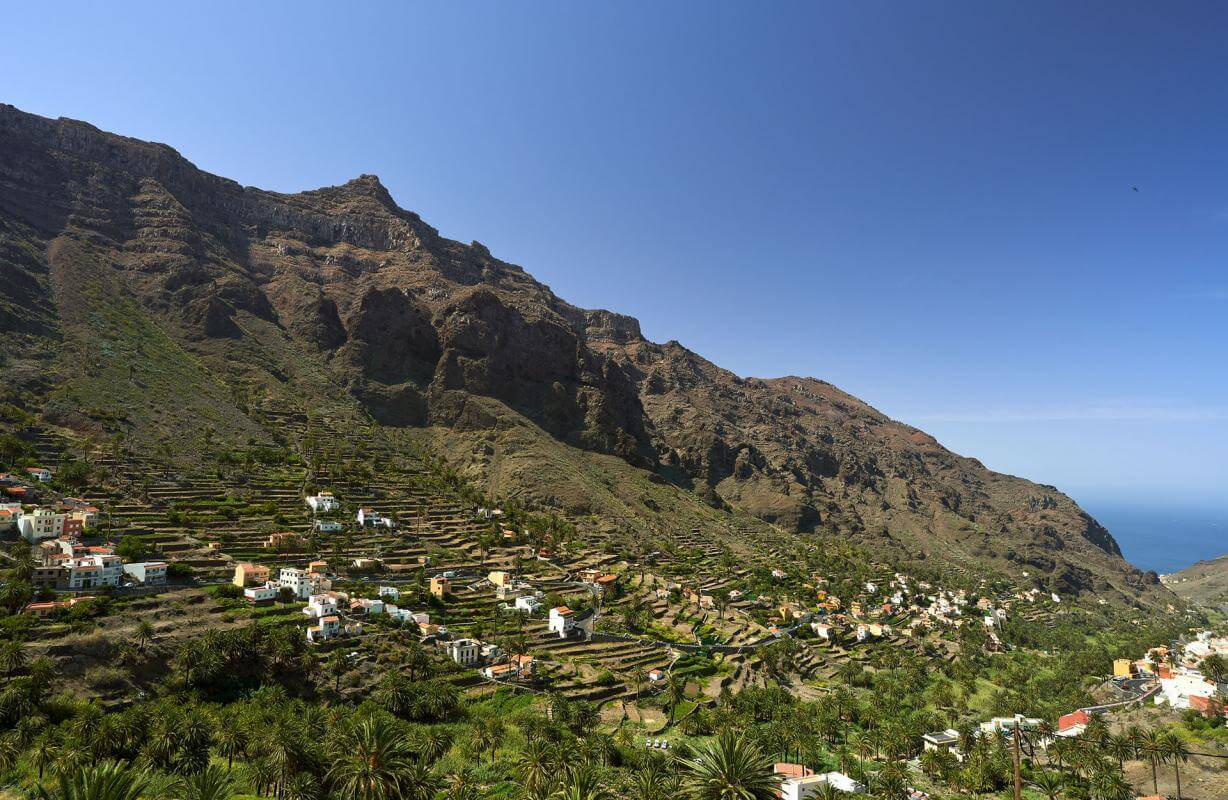
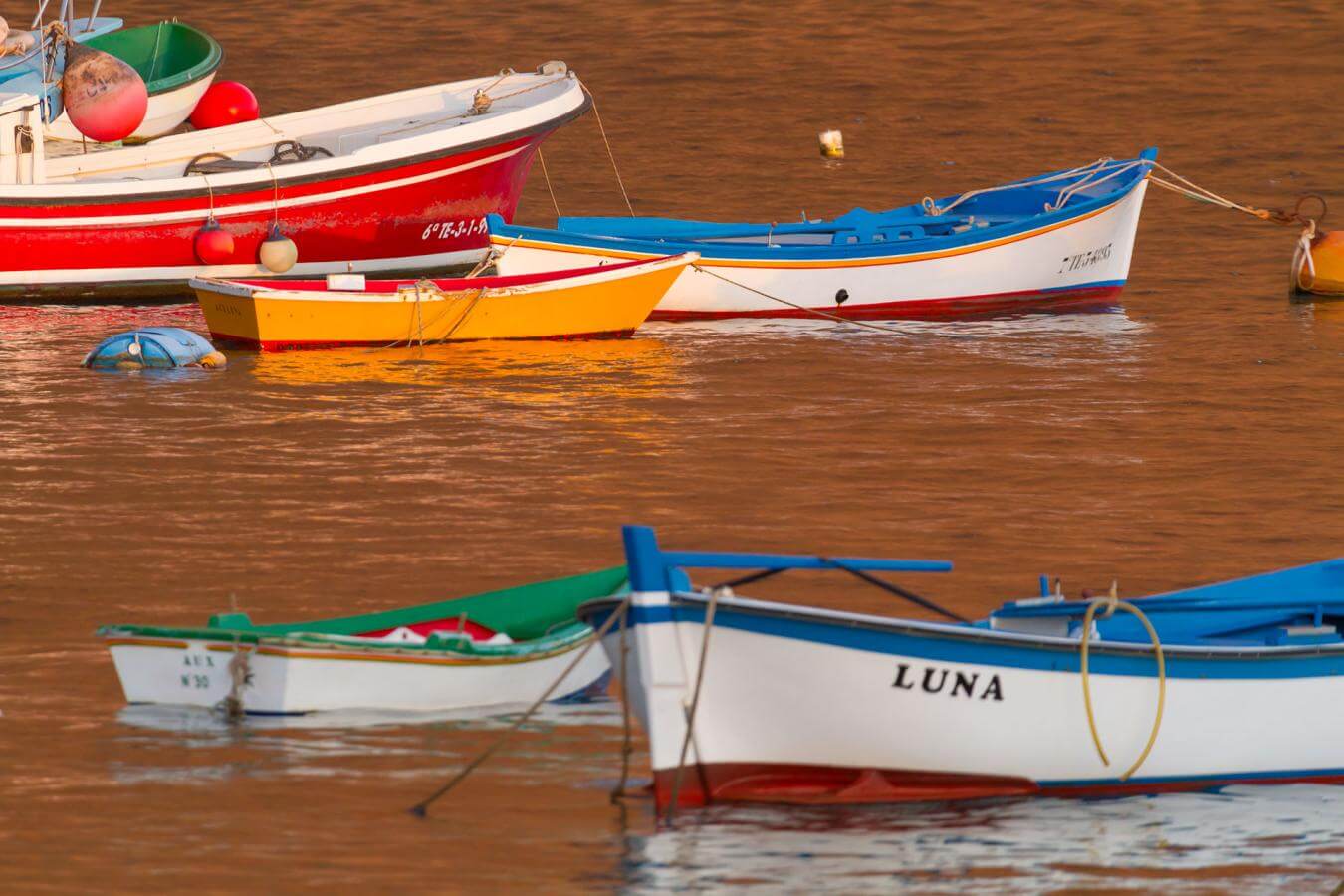
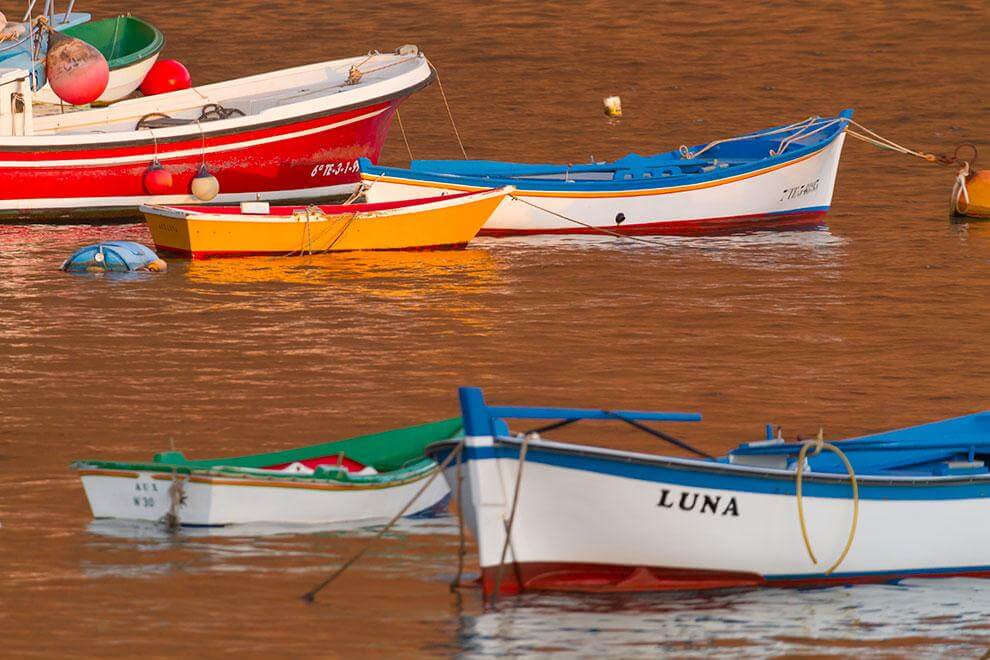
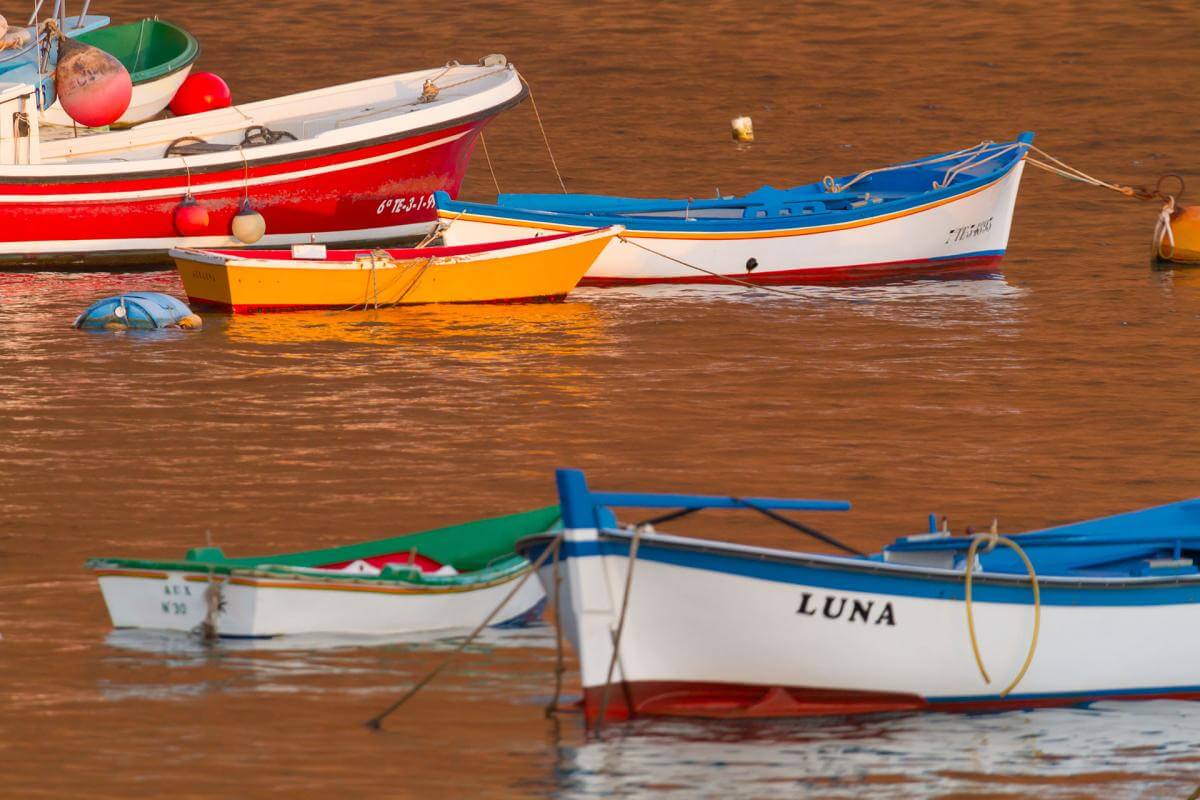
Alajeró
The discovery in Playa de Santiago will be surprising and inspiring, in the Church of Santiago Apostle, consisting of a medieval French Gothic stained glass window, donated to the parish by Thomas Olsen. It is not surprising that the light of this corner, ideal for bathing in the good weather of La Gomera, has had a special meaning for centuries for those who visit in search of sun and inspiration.


